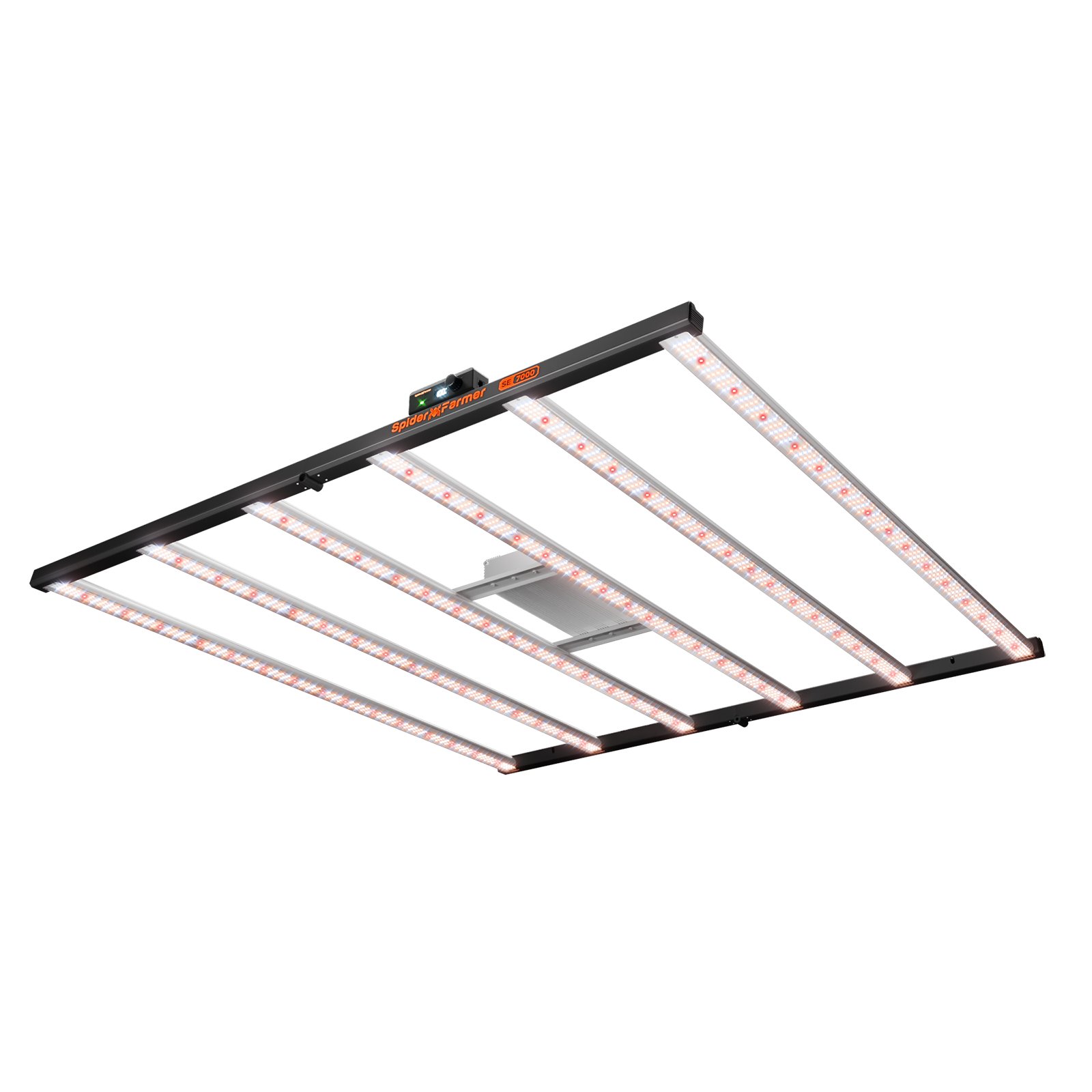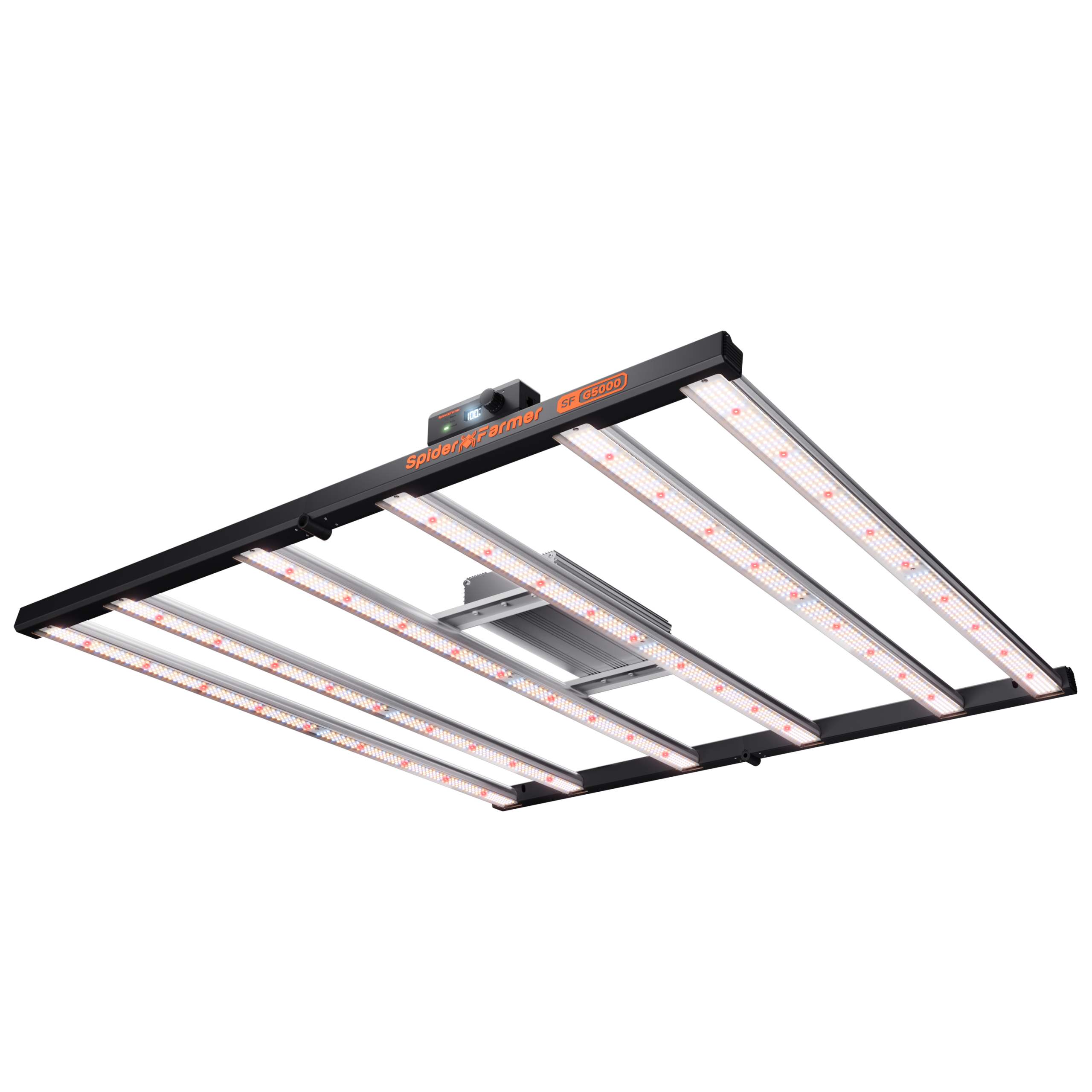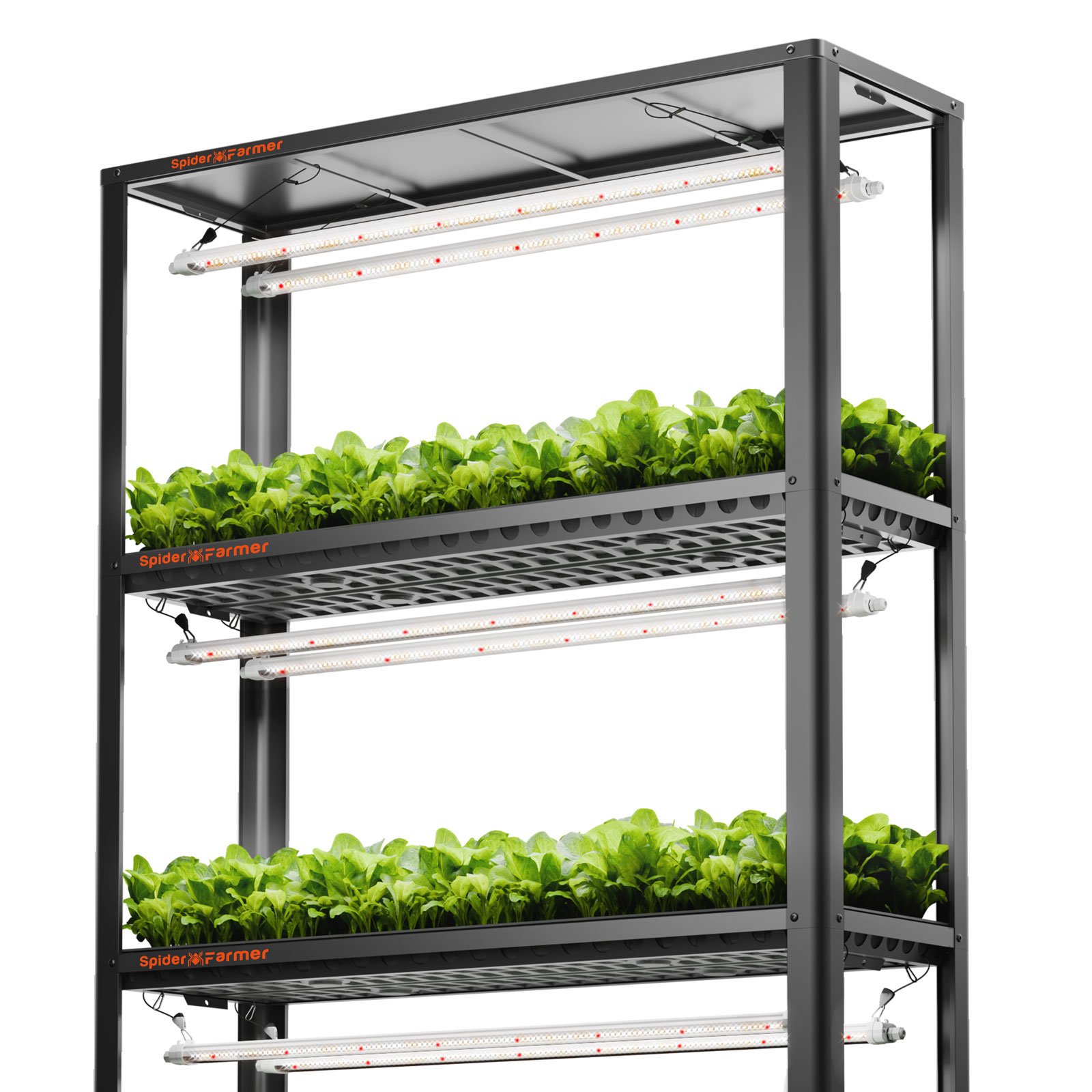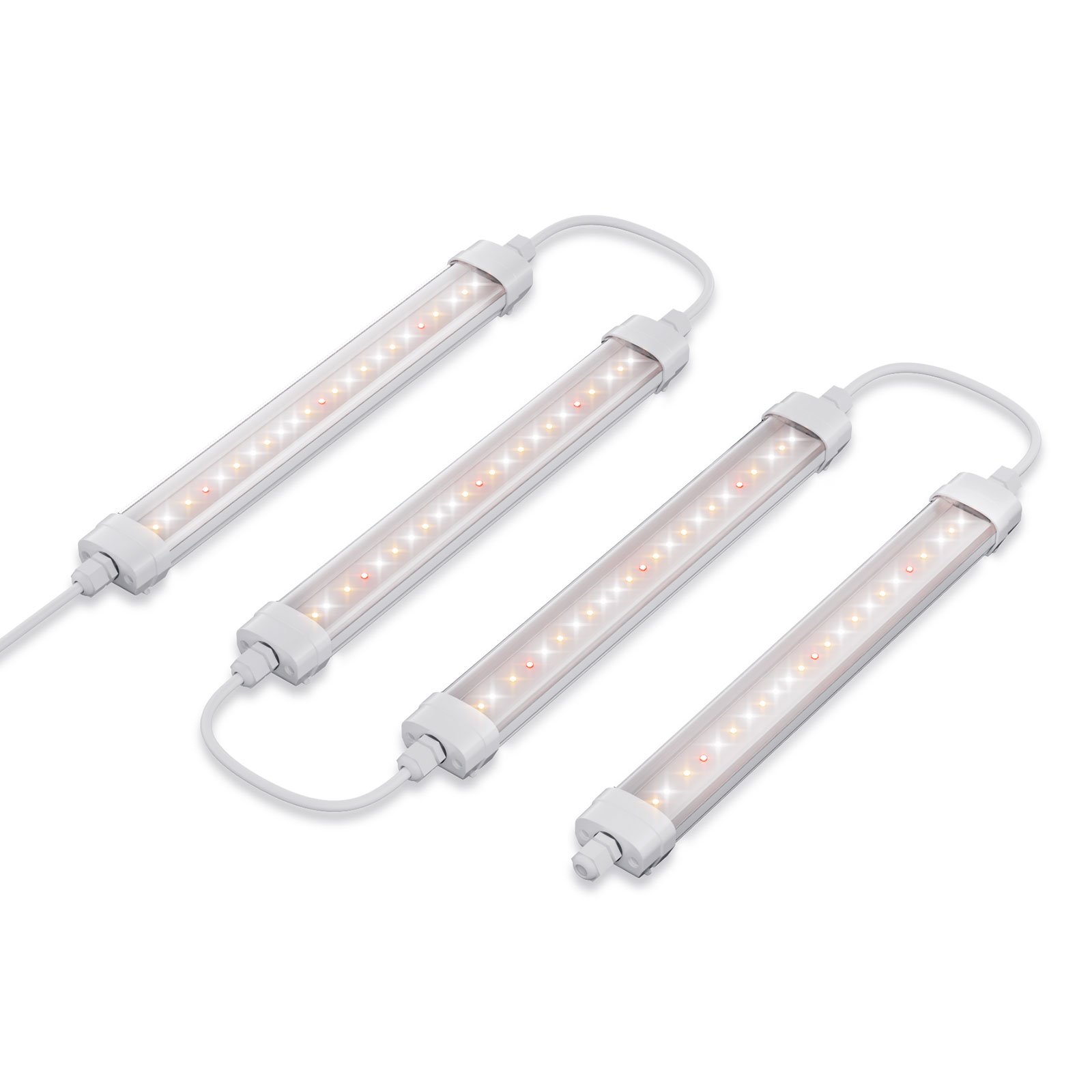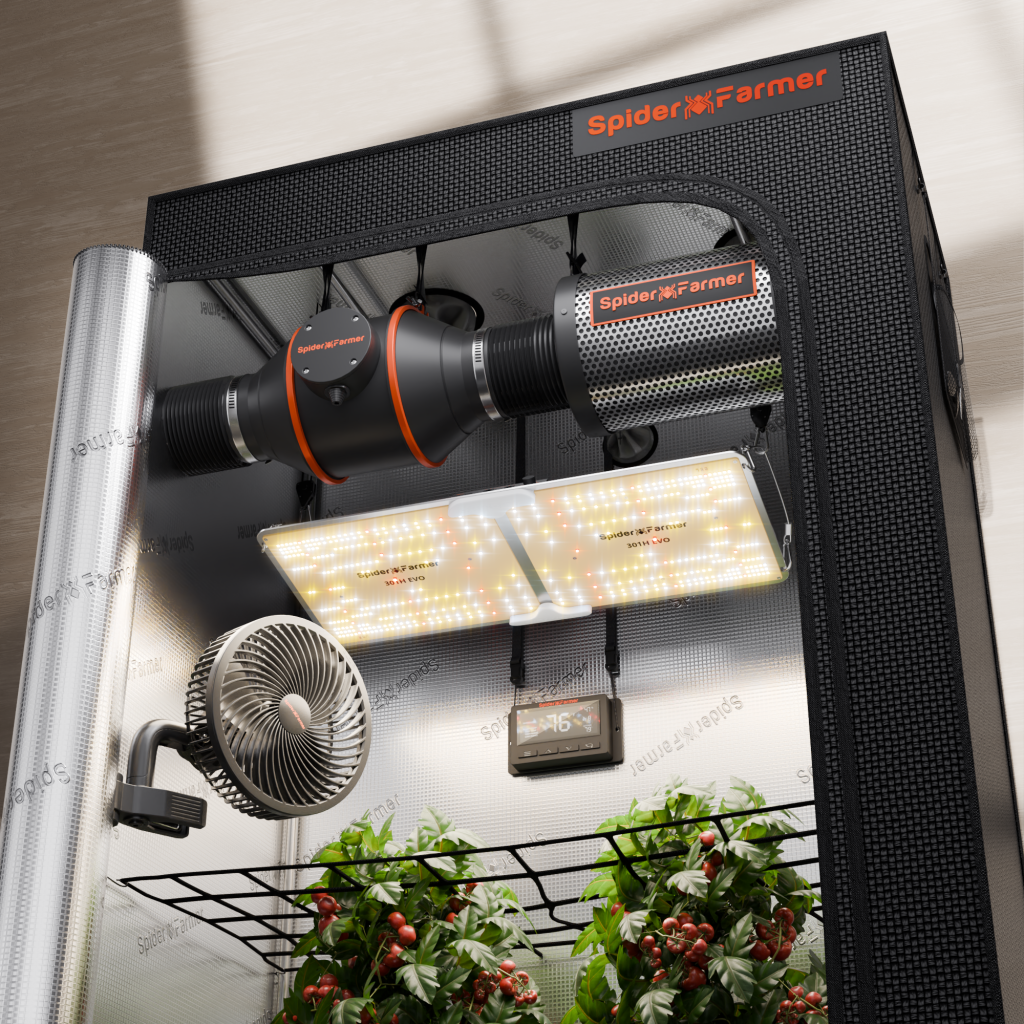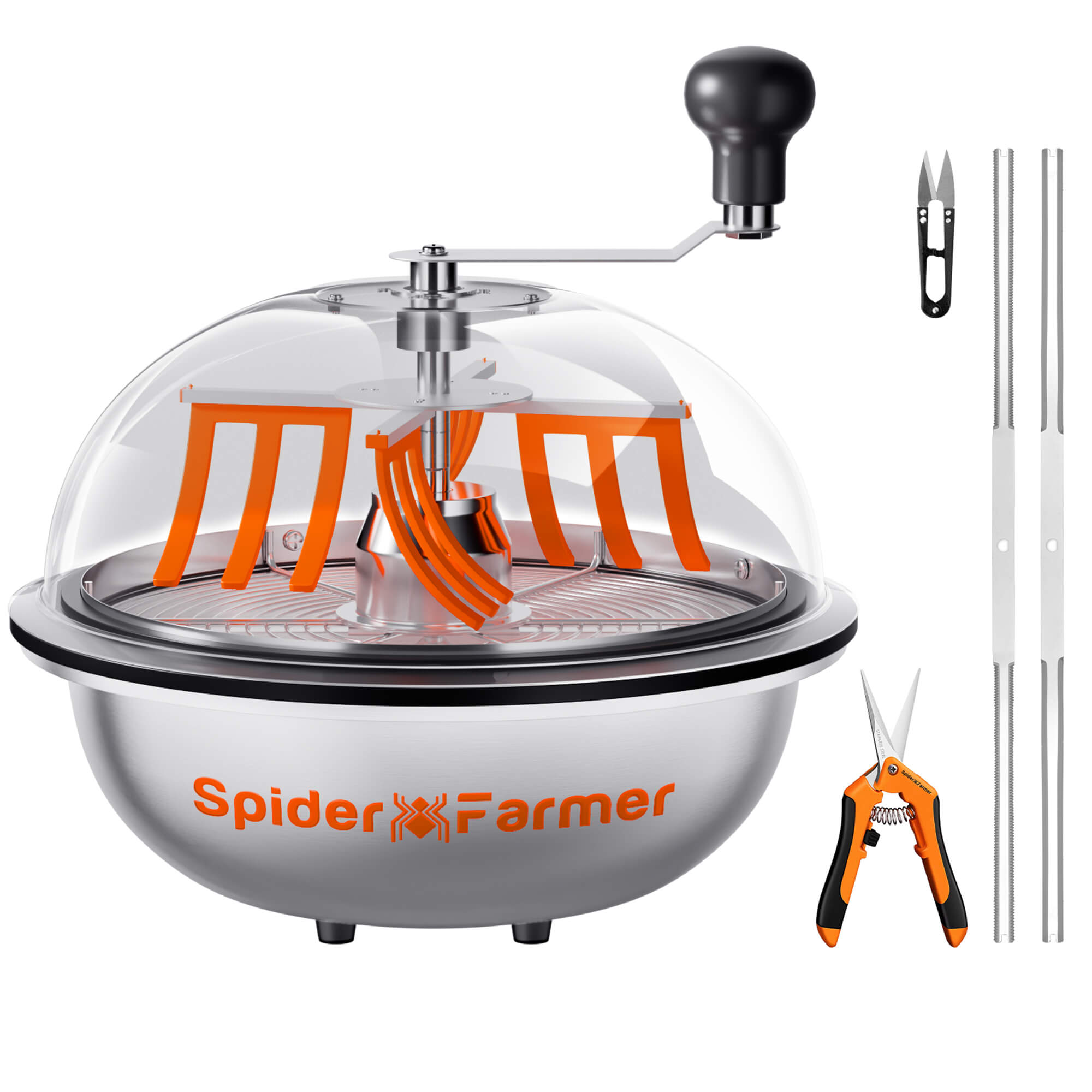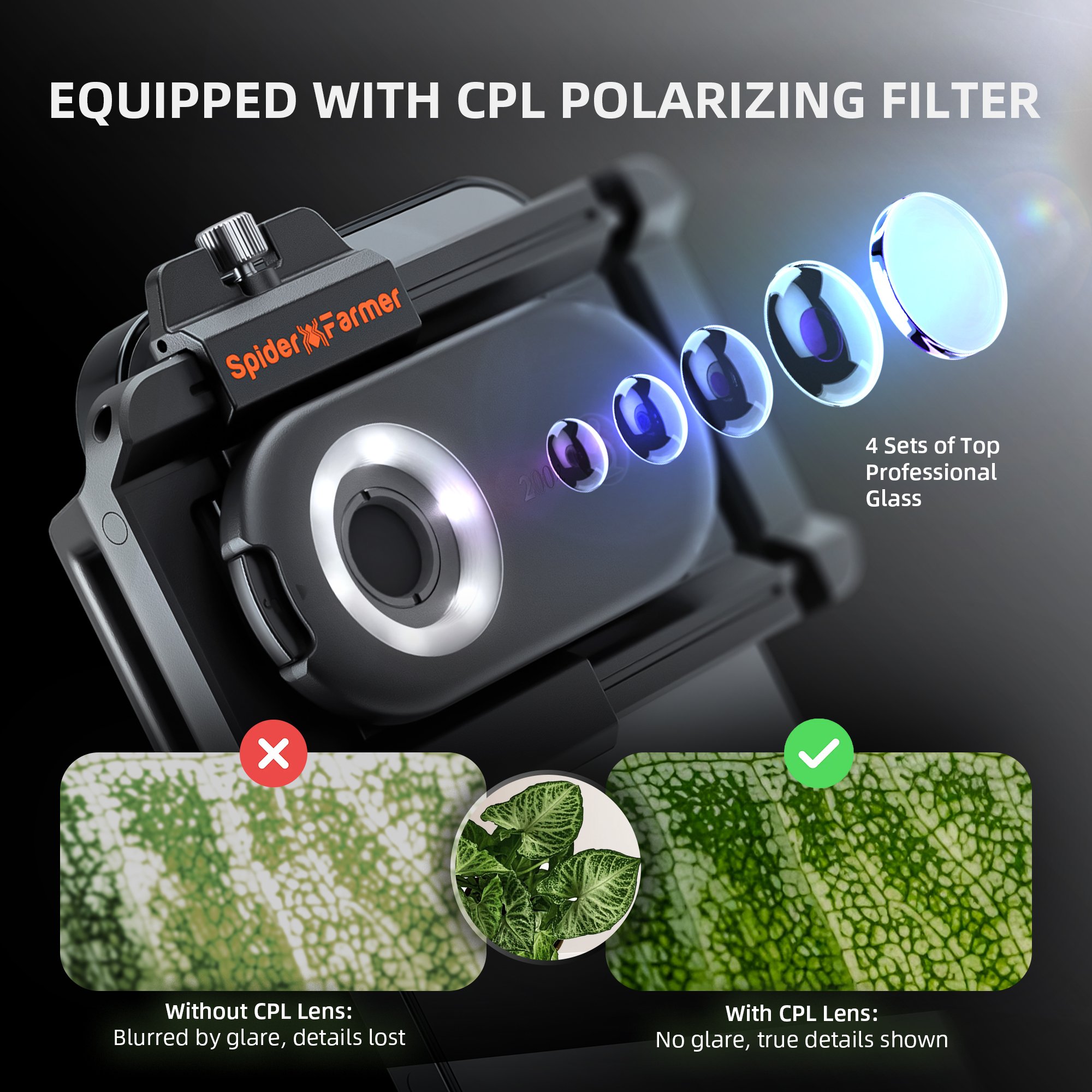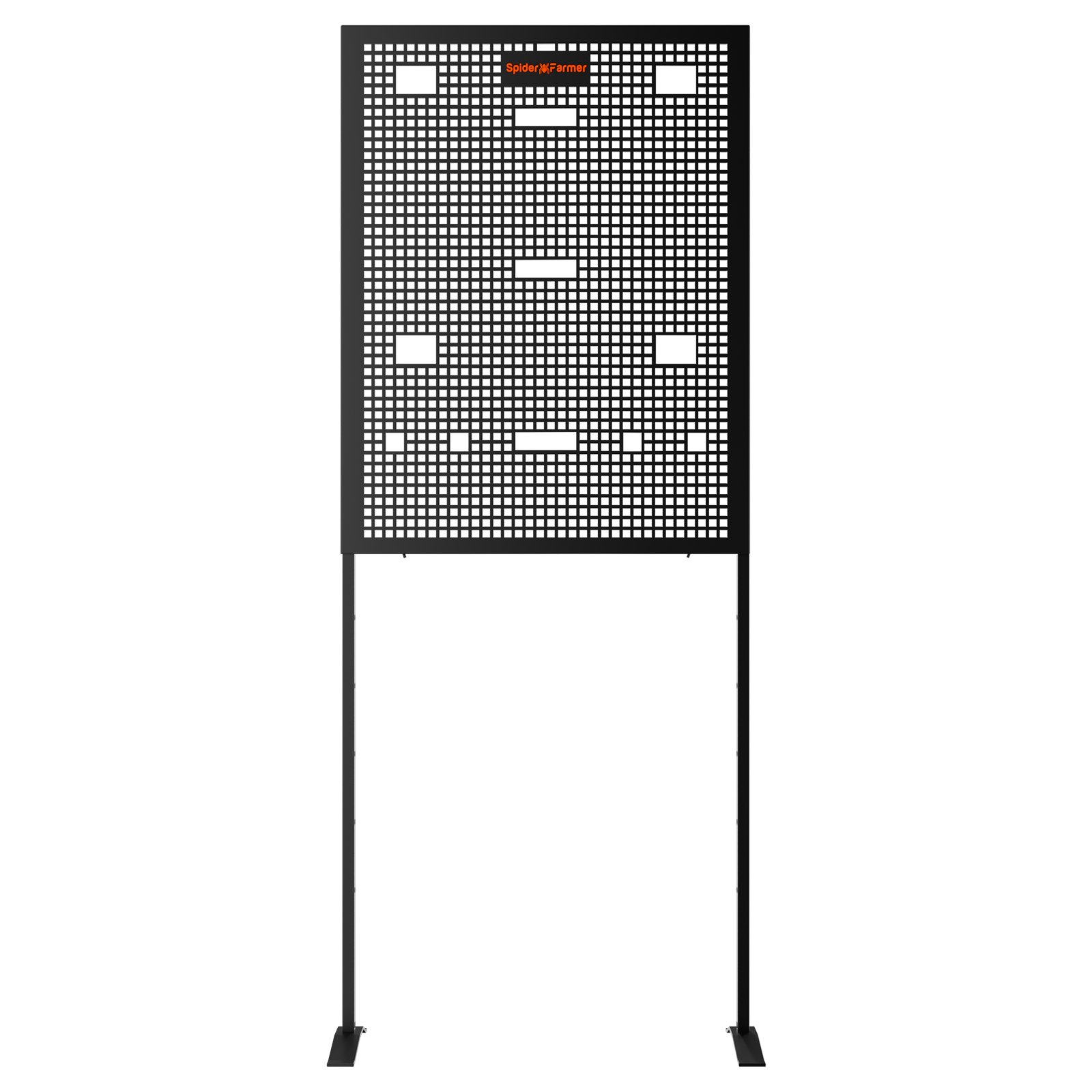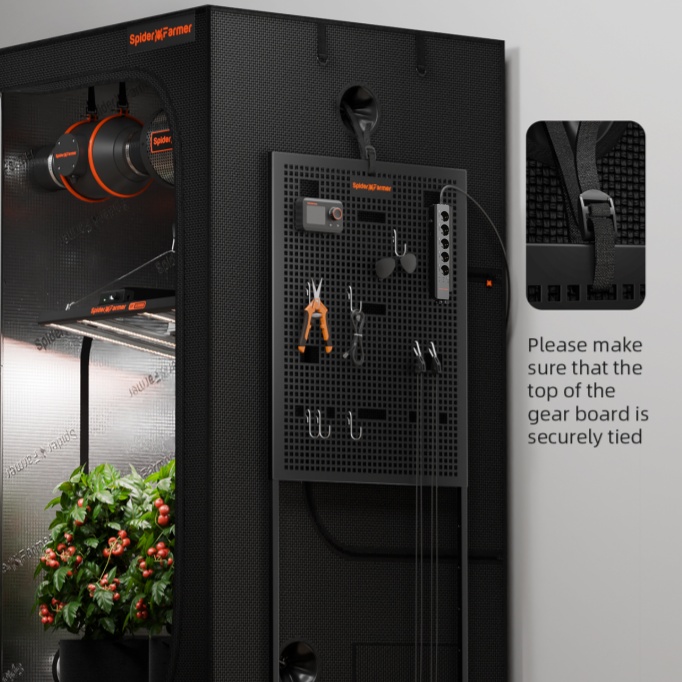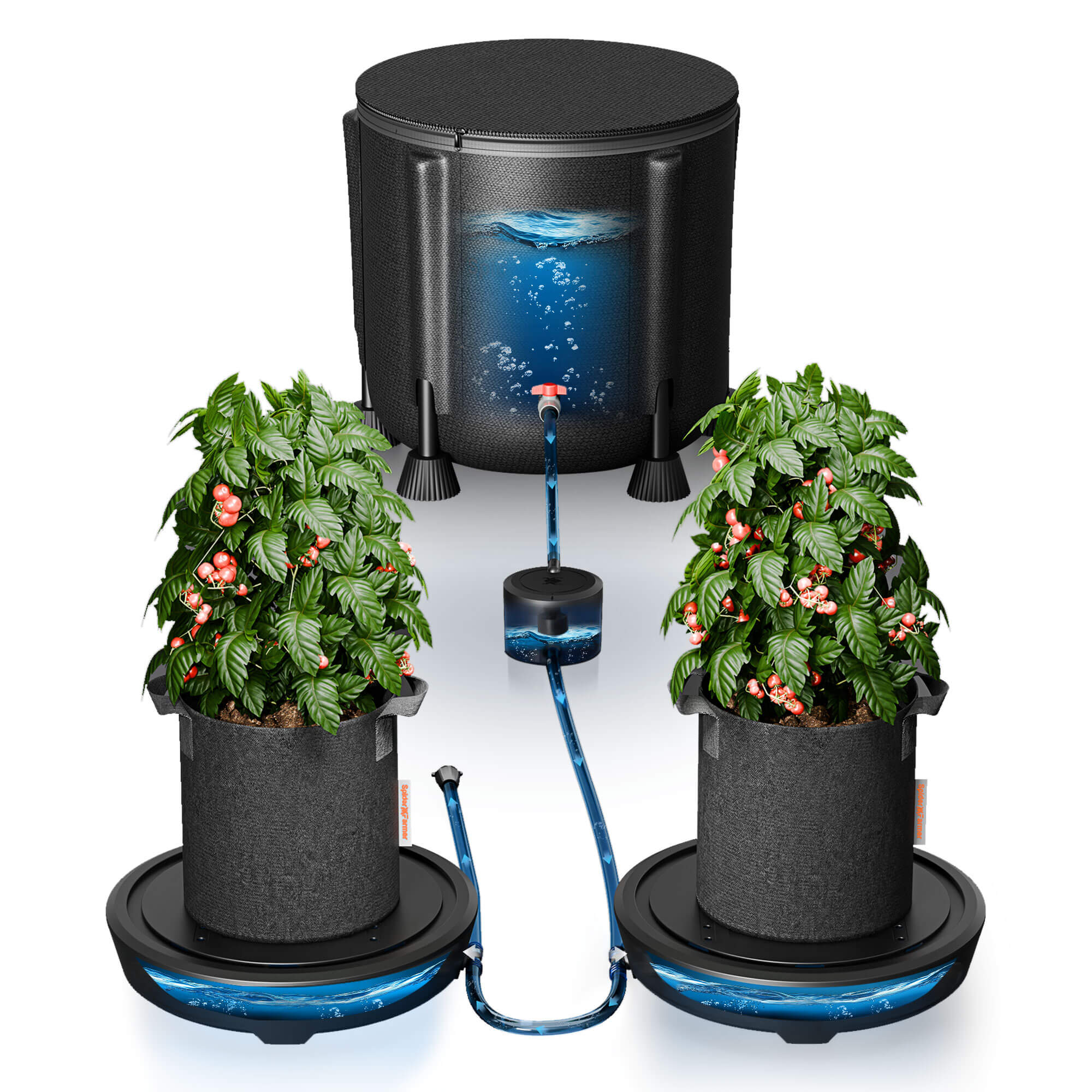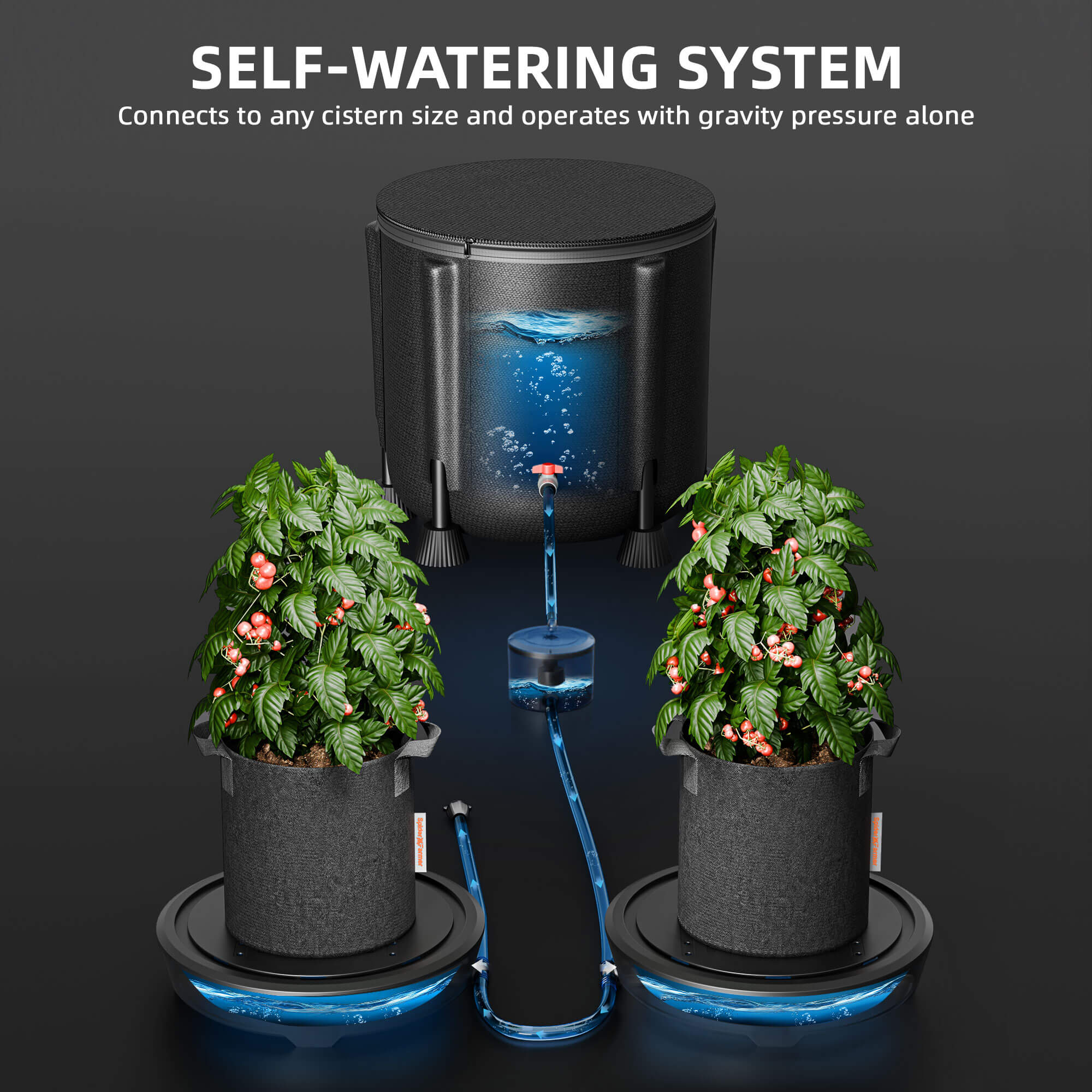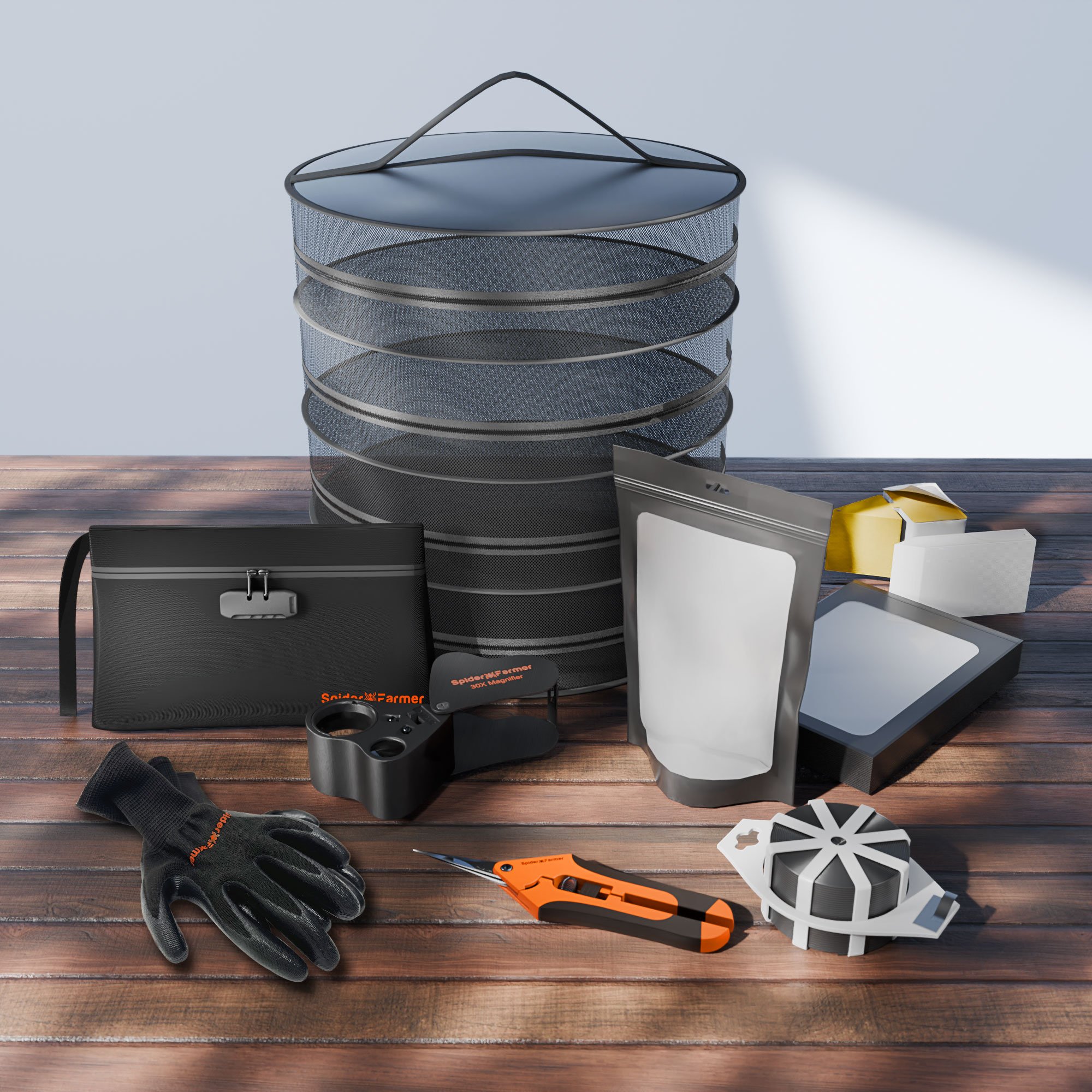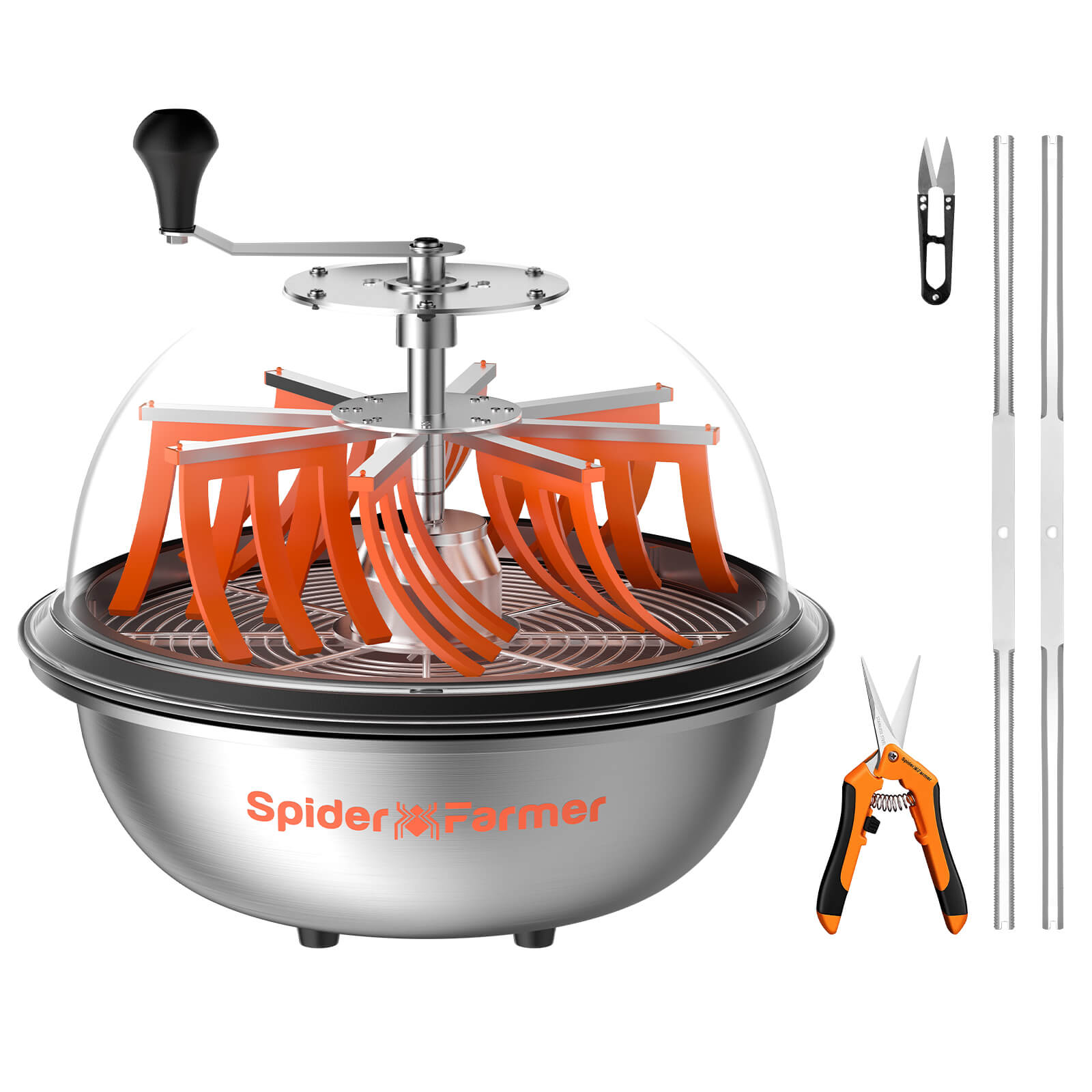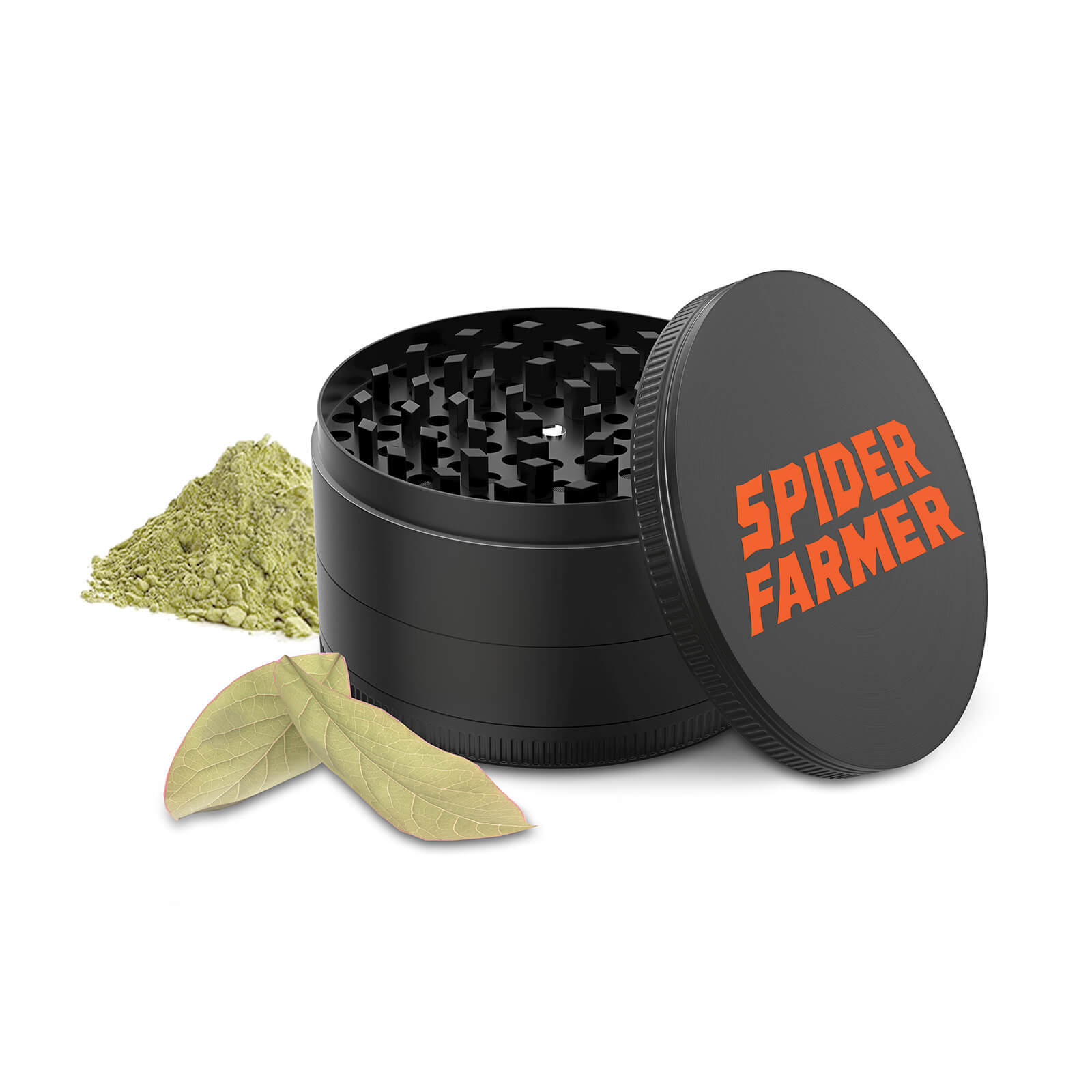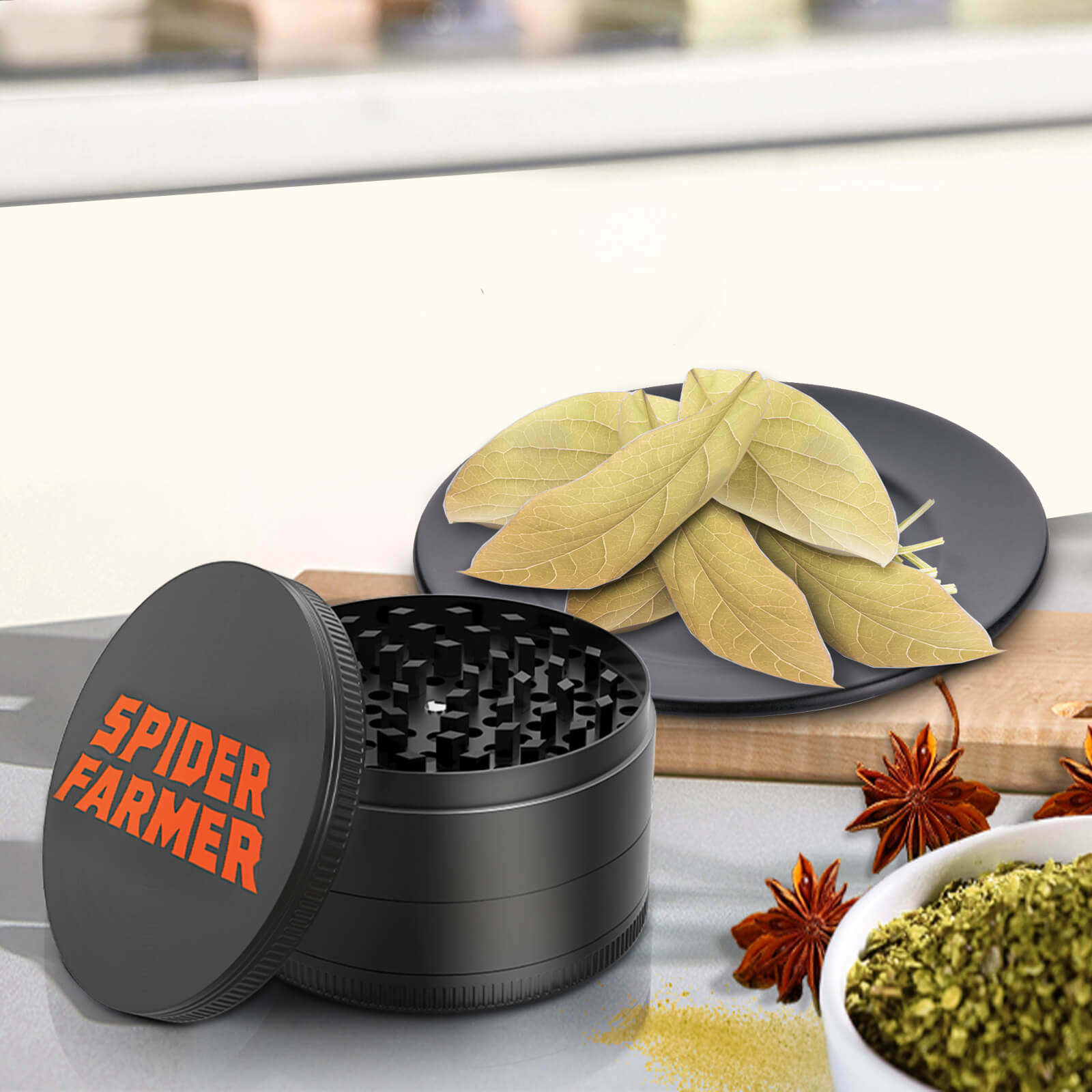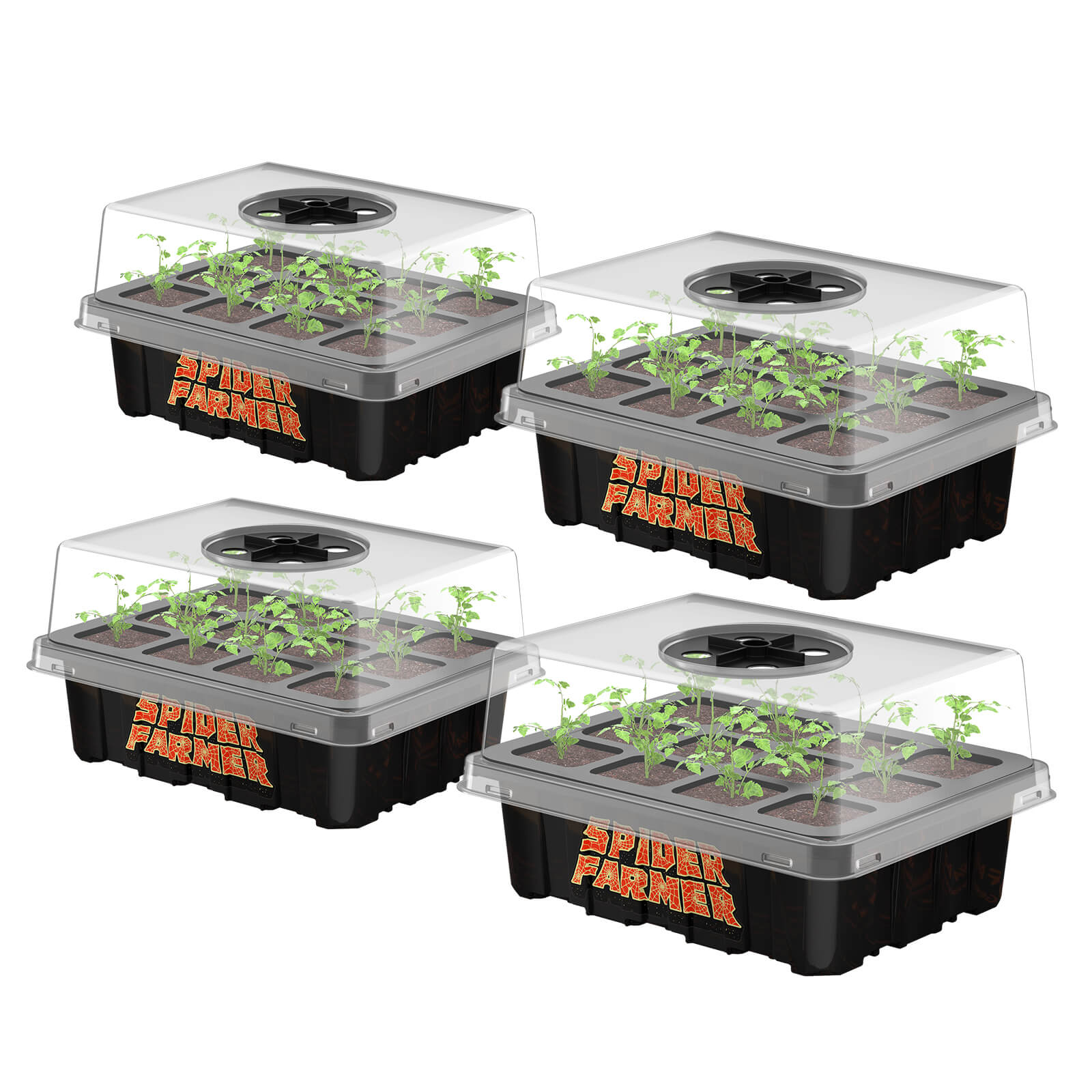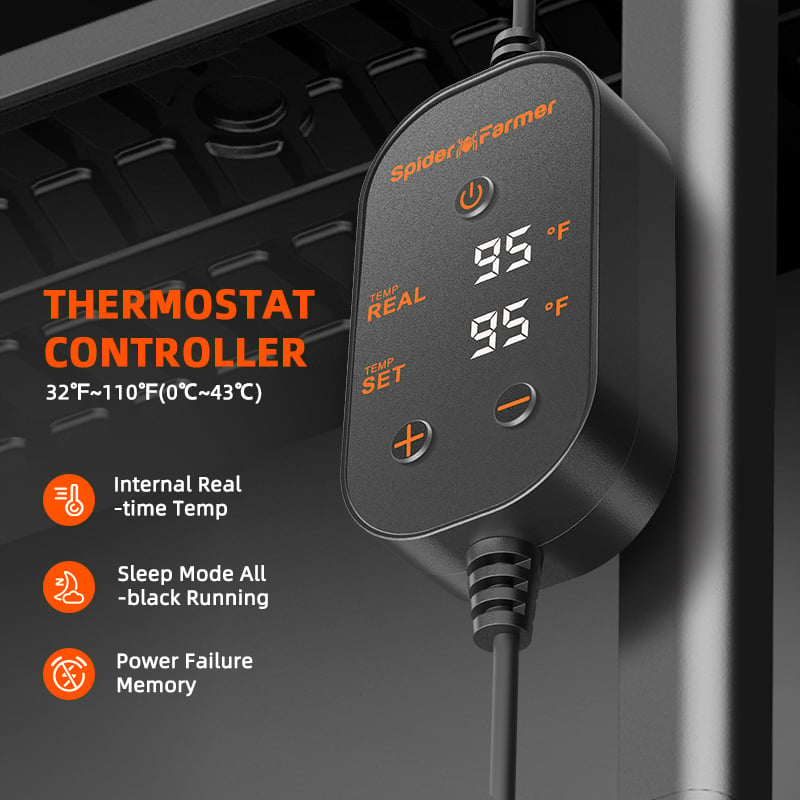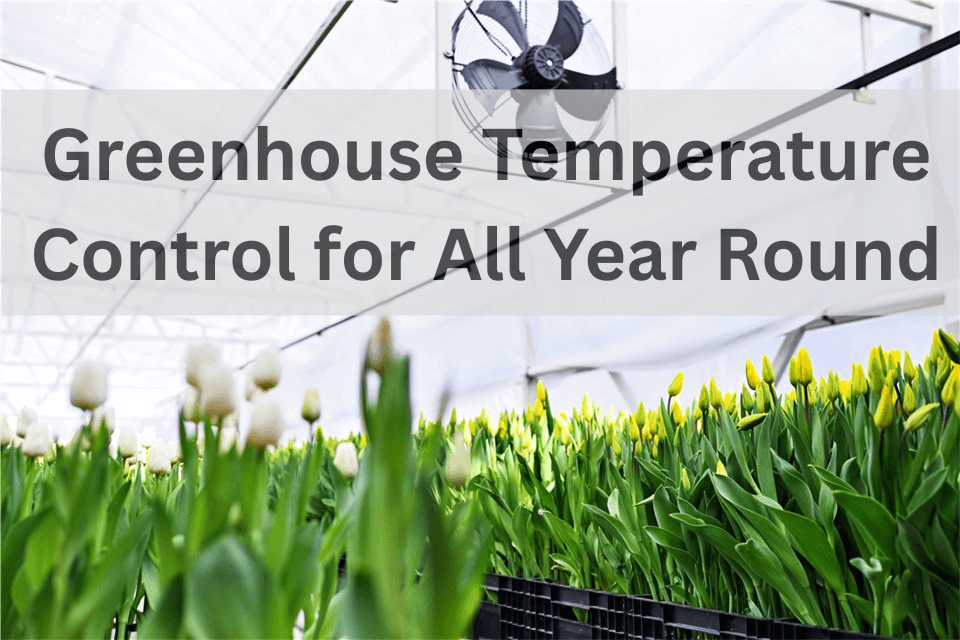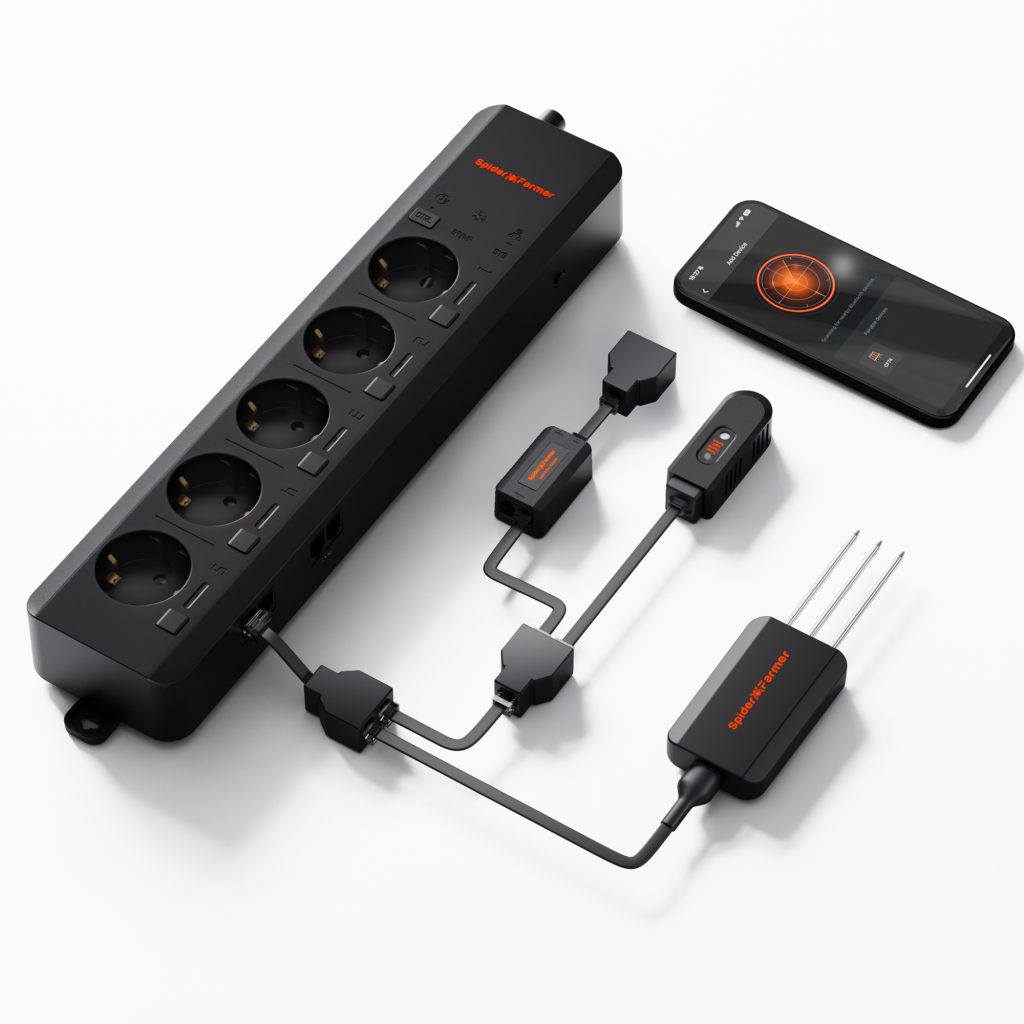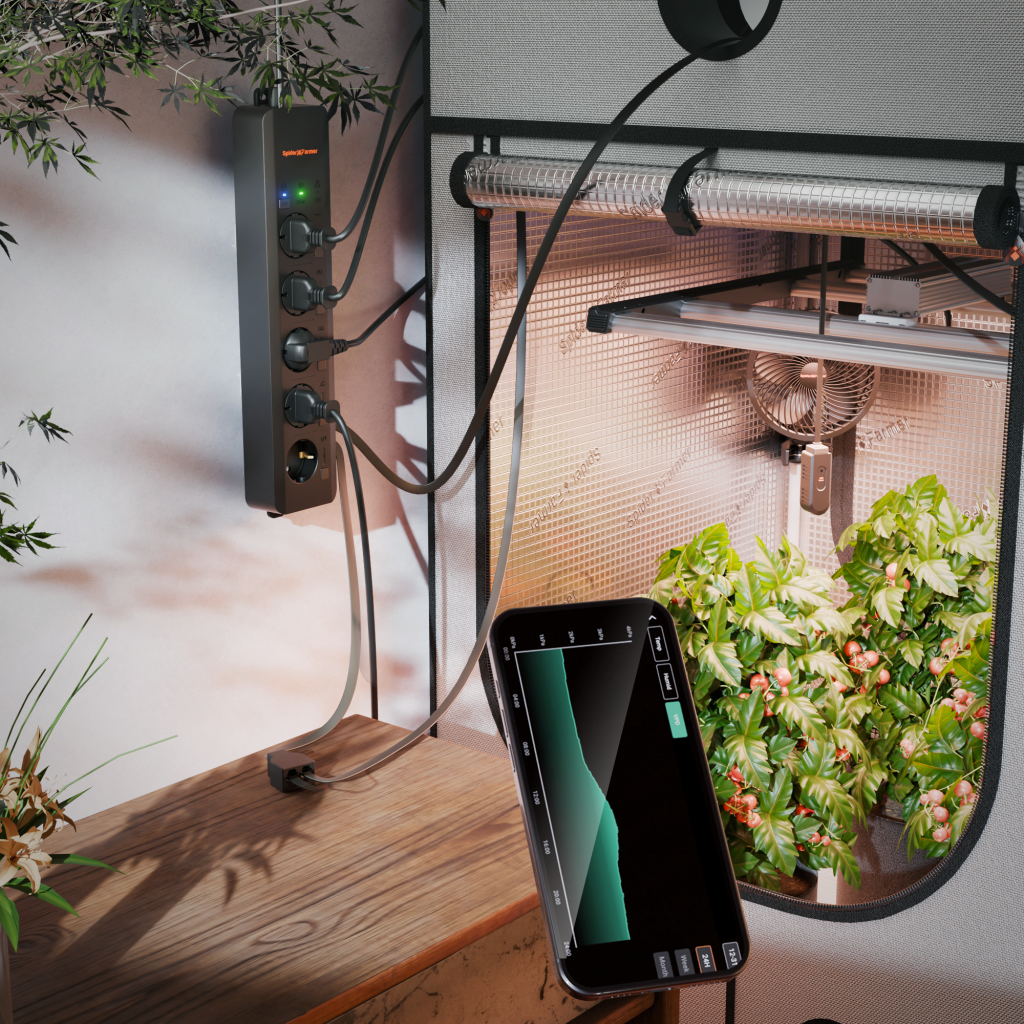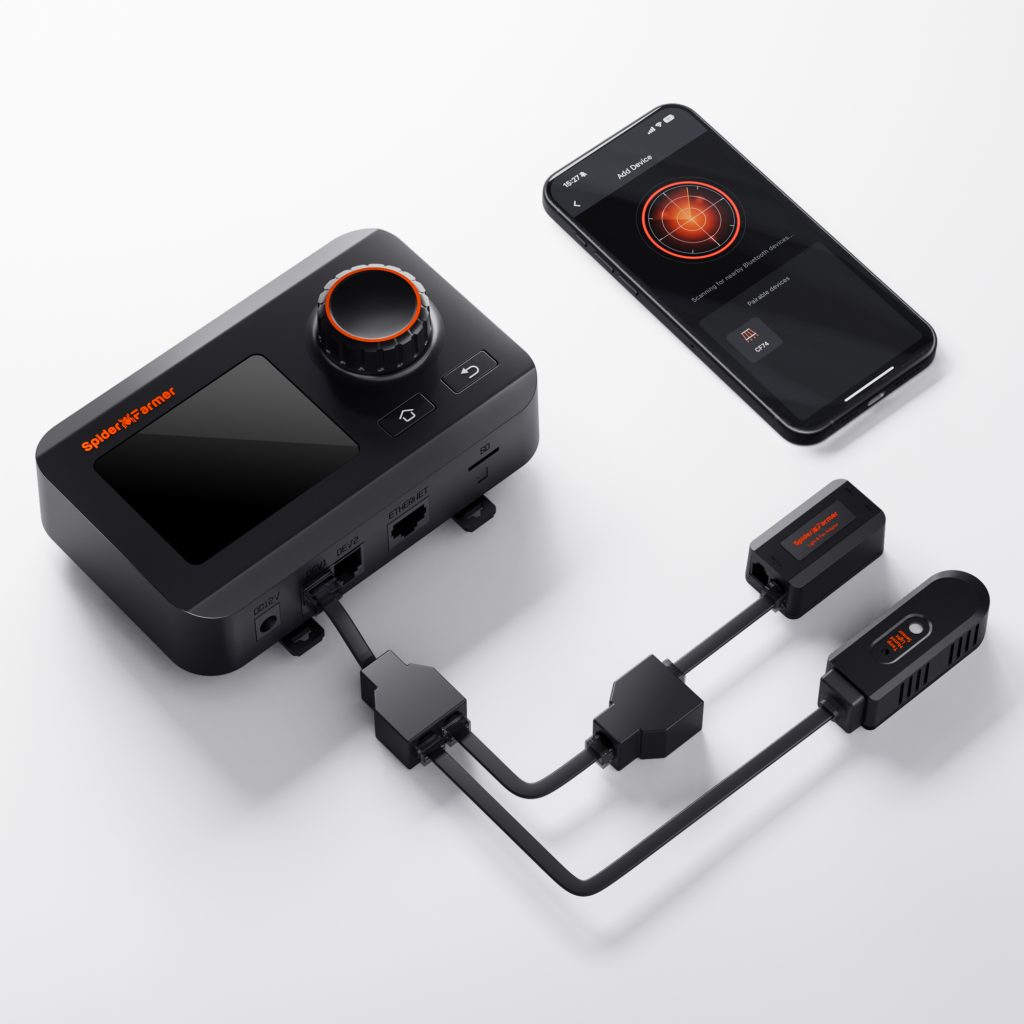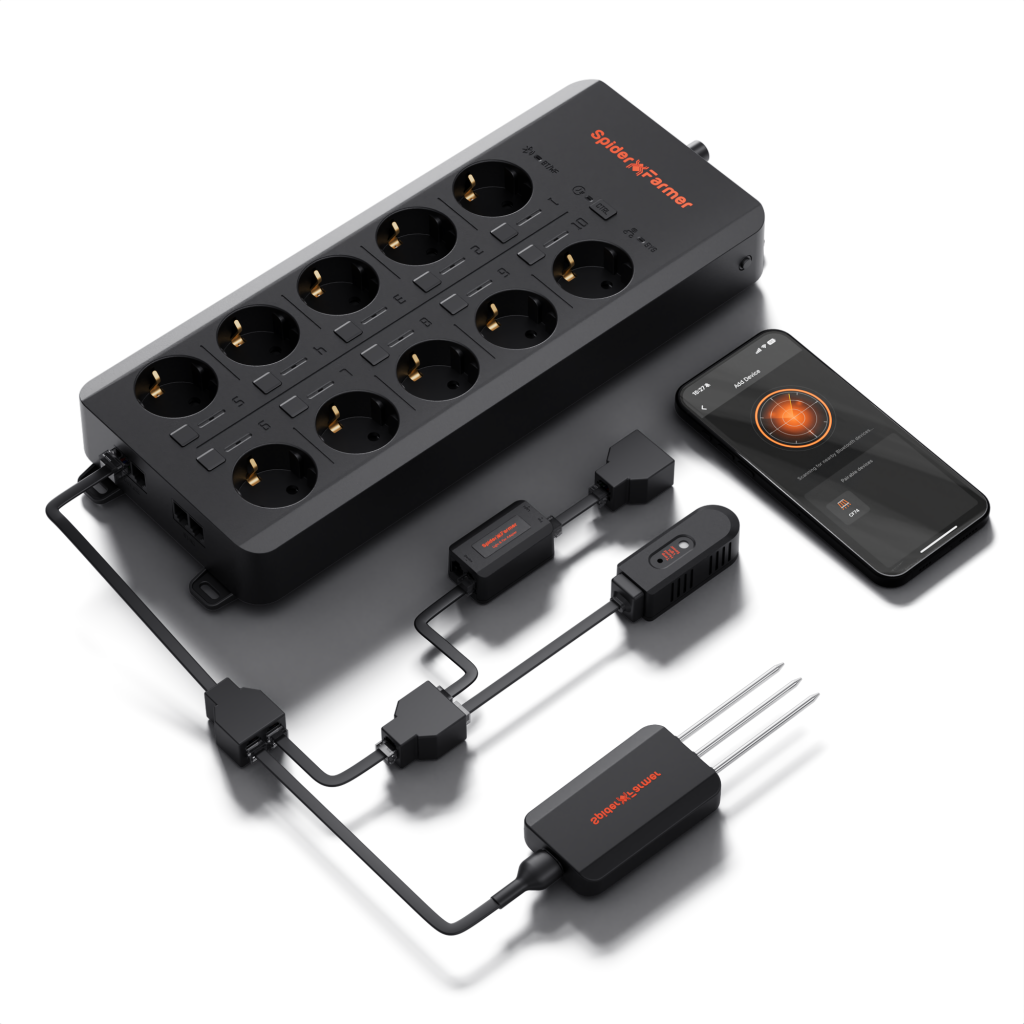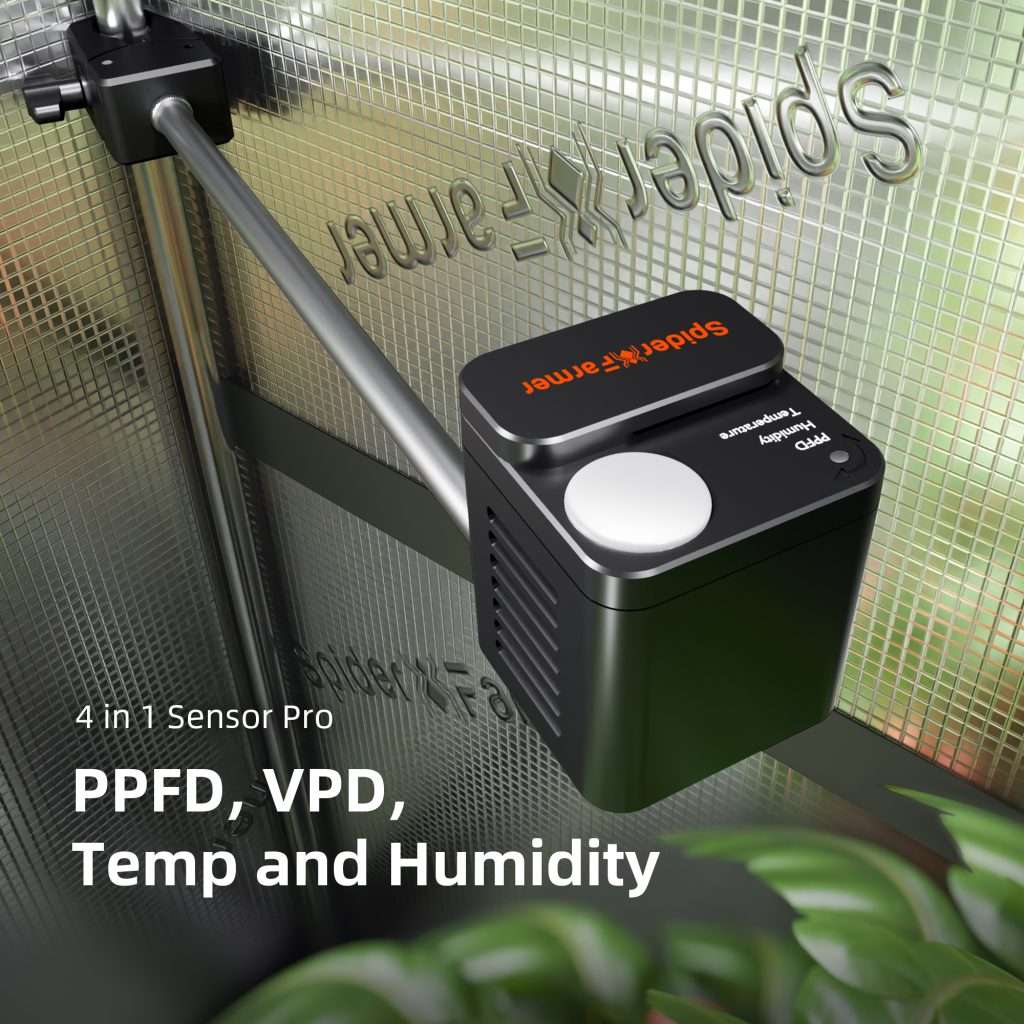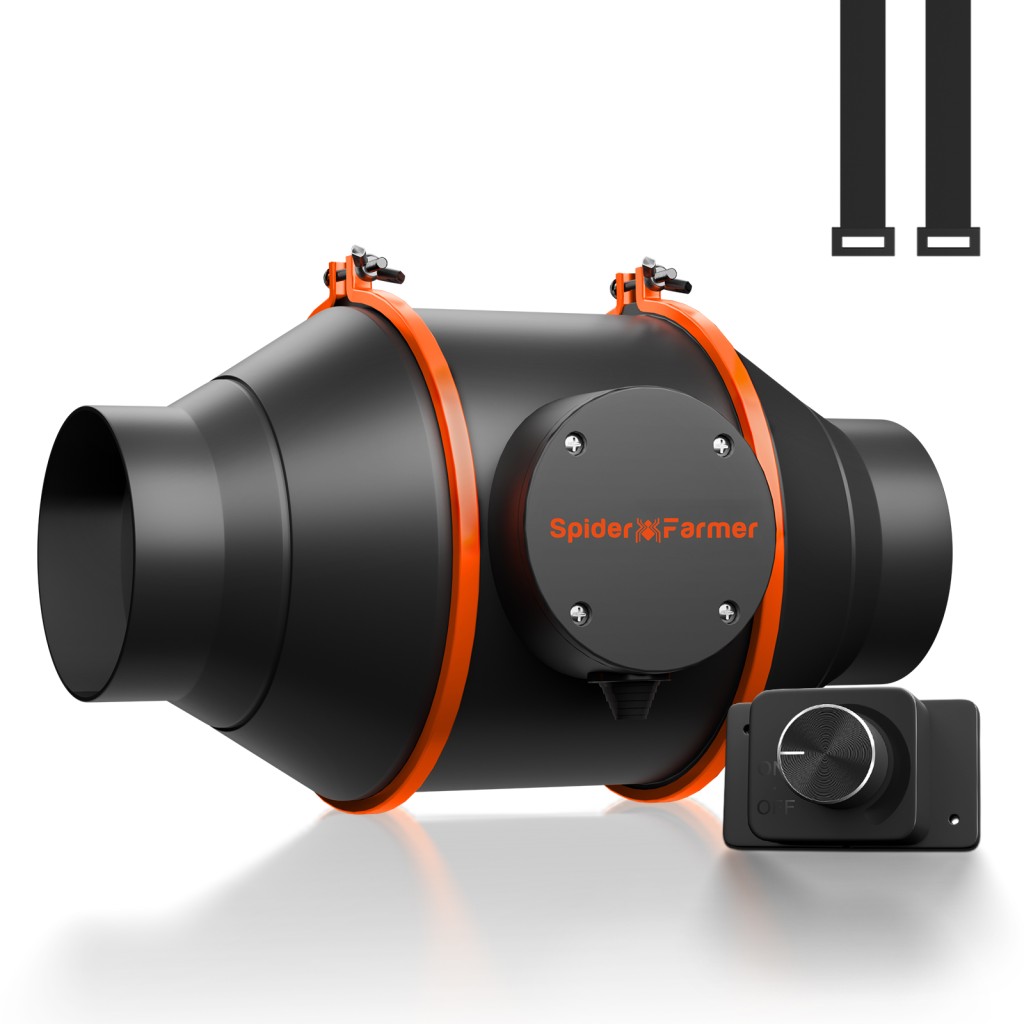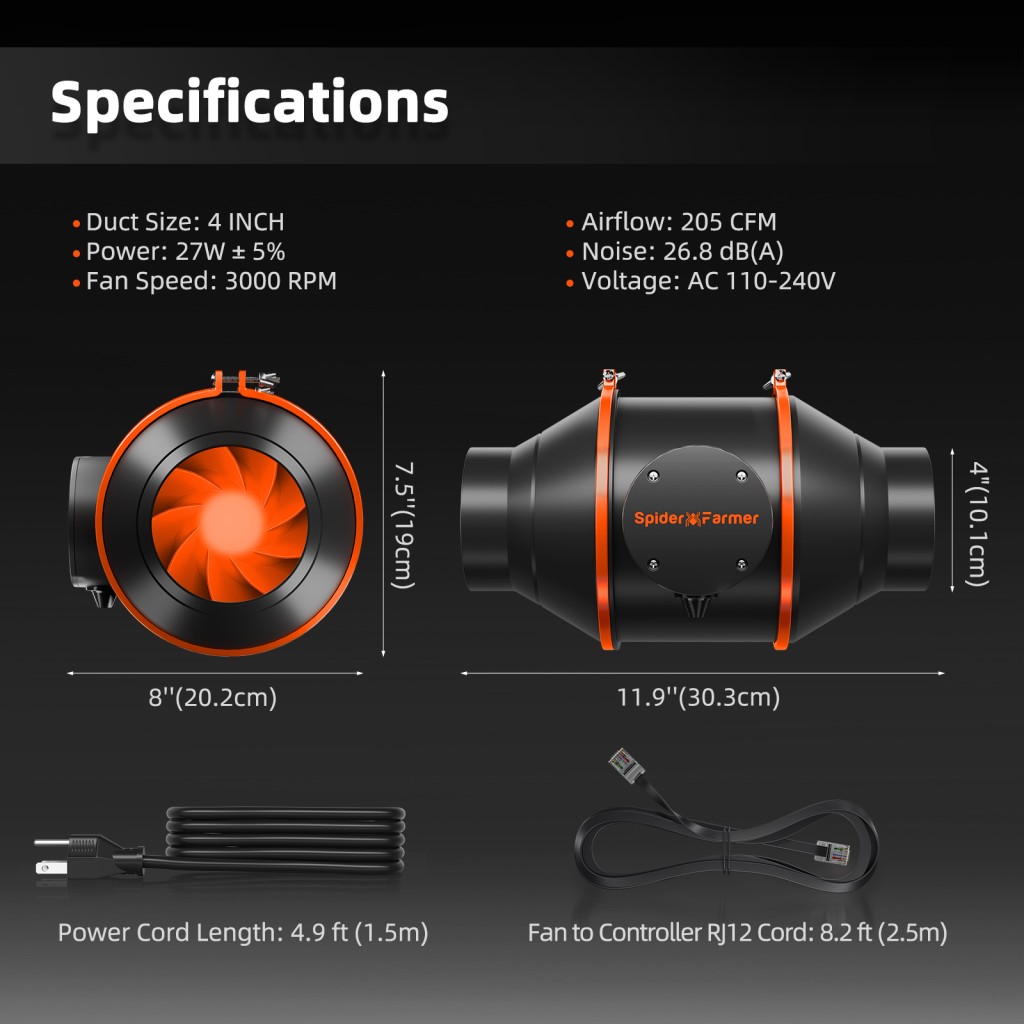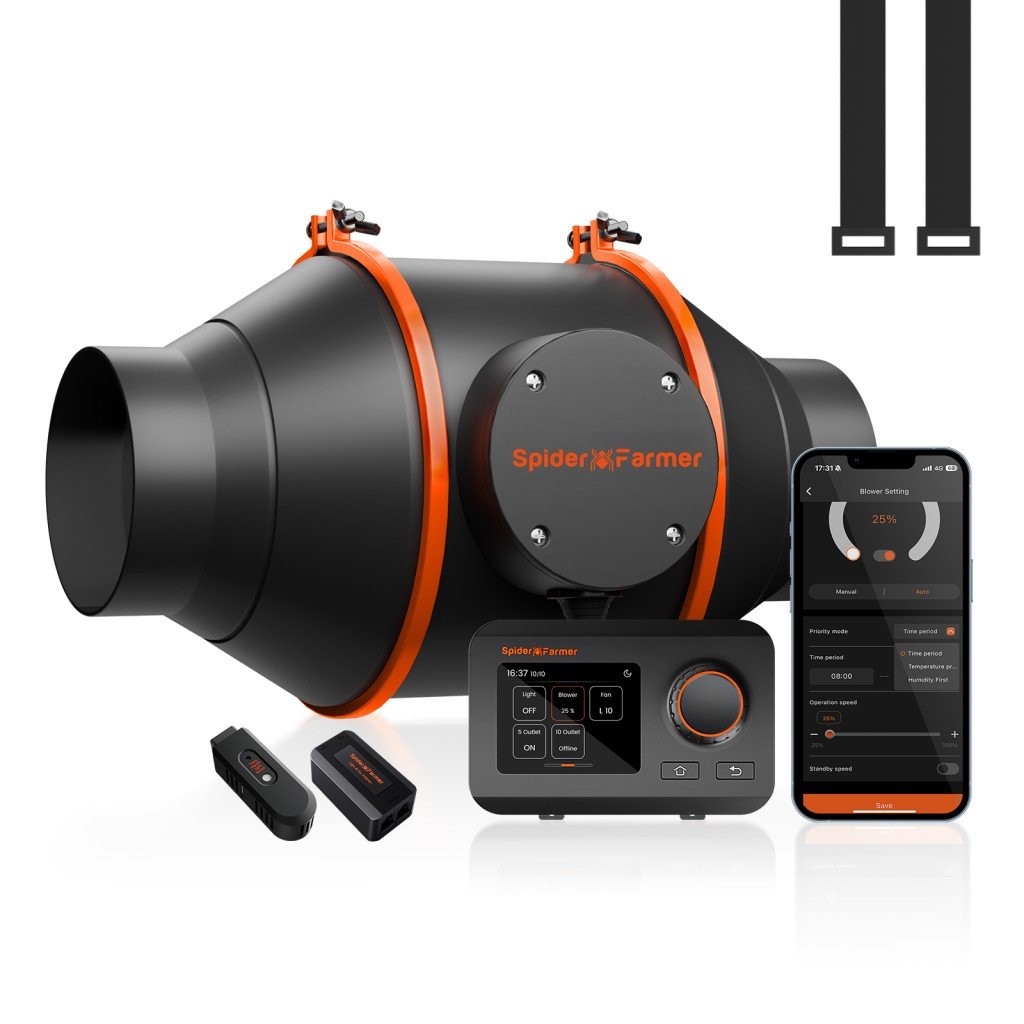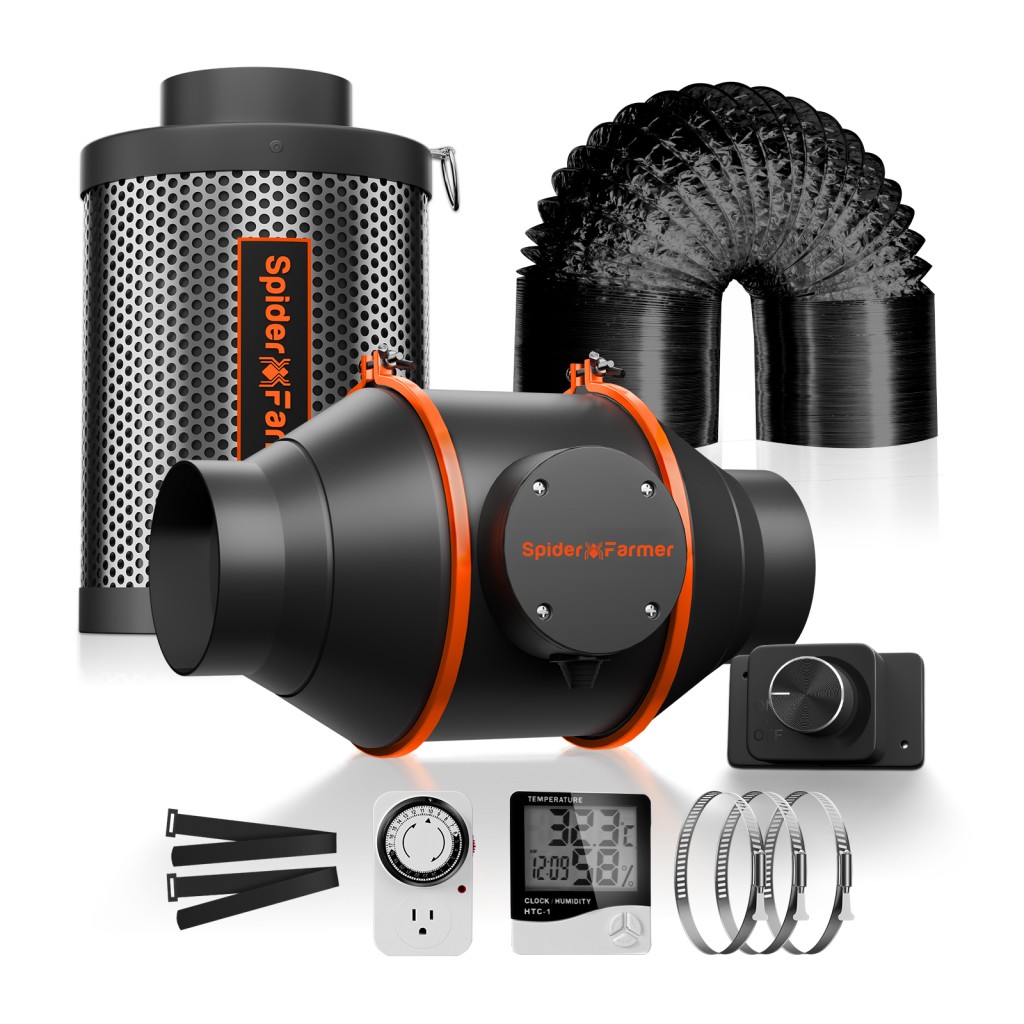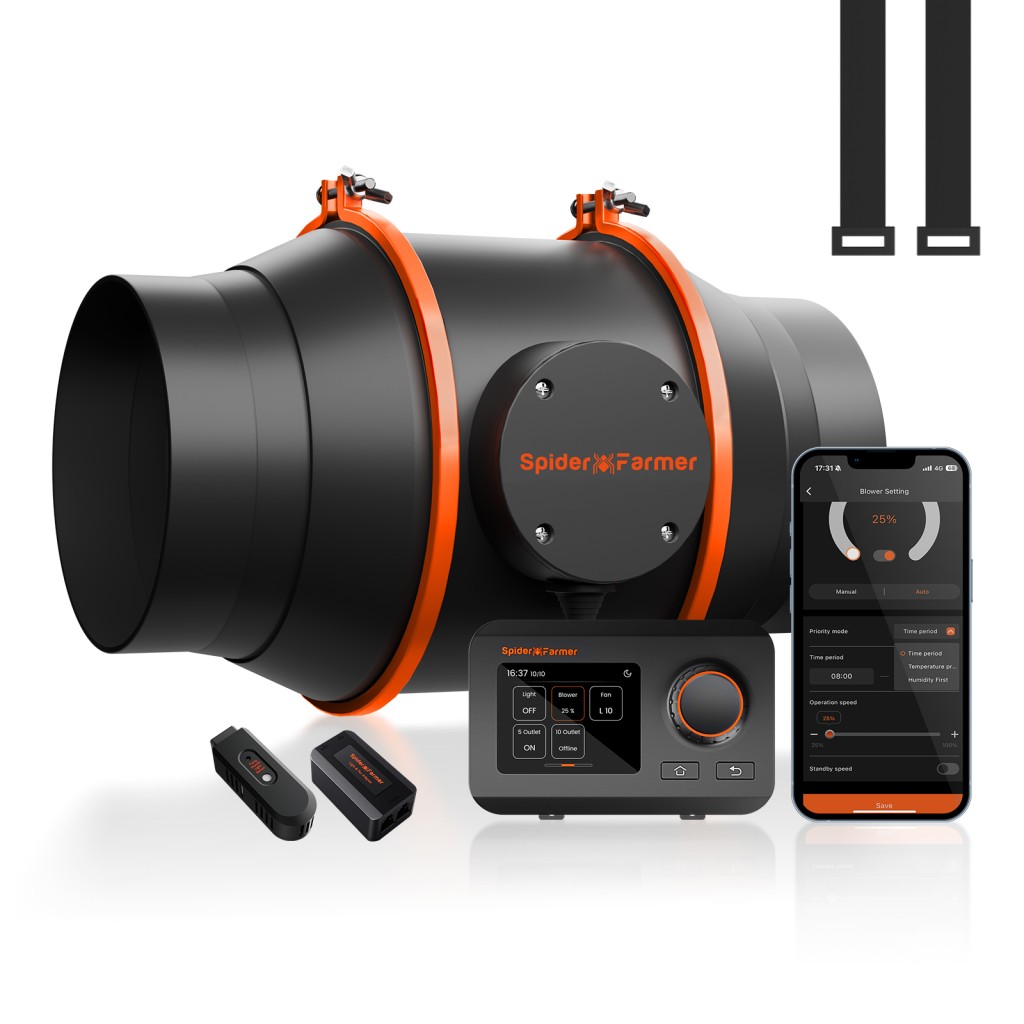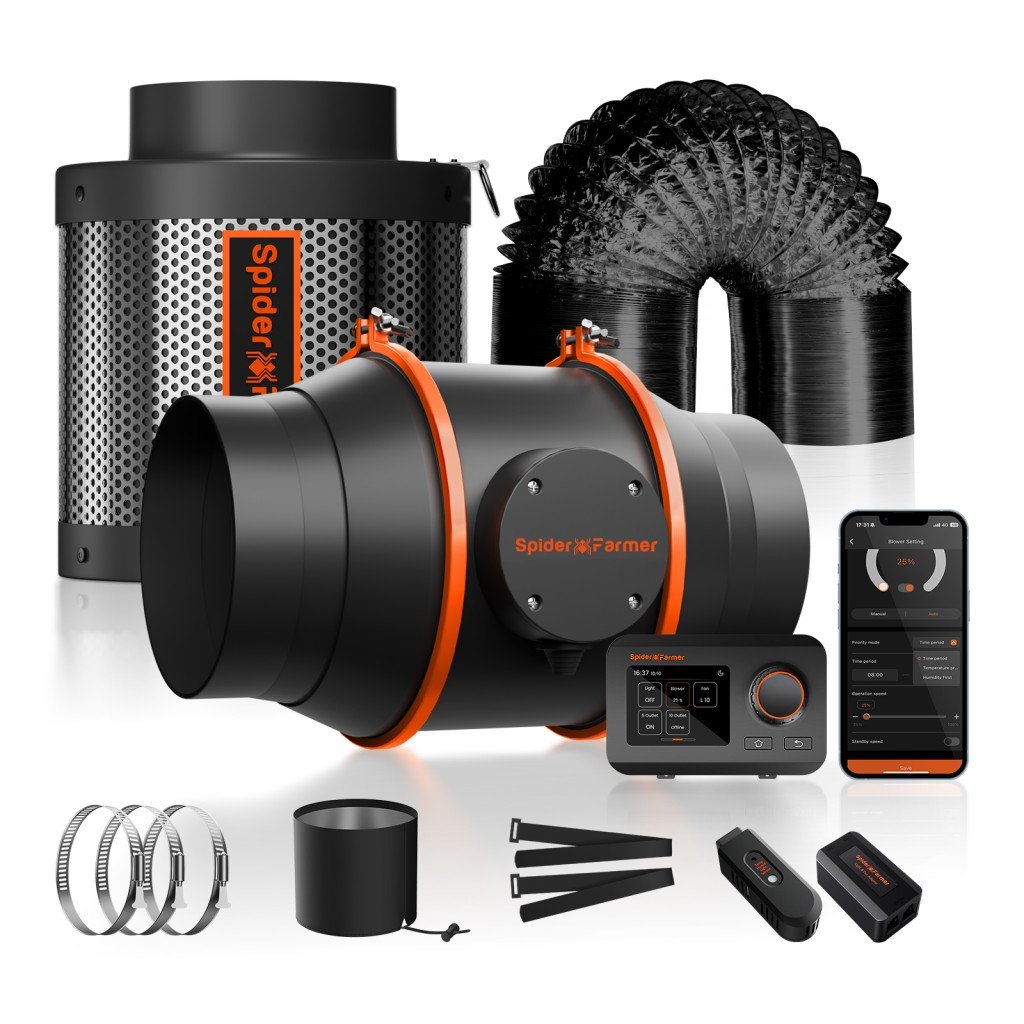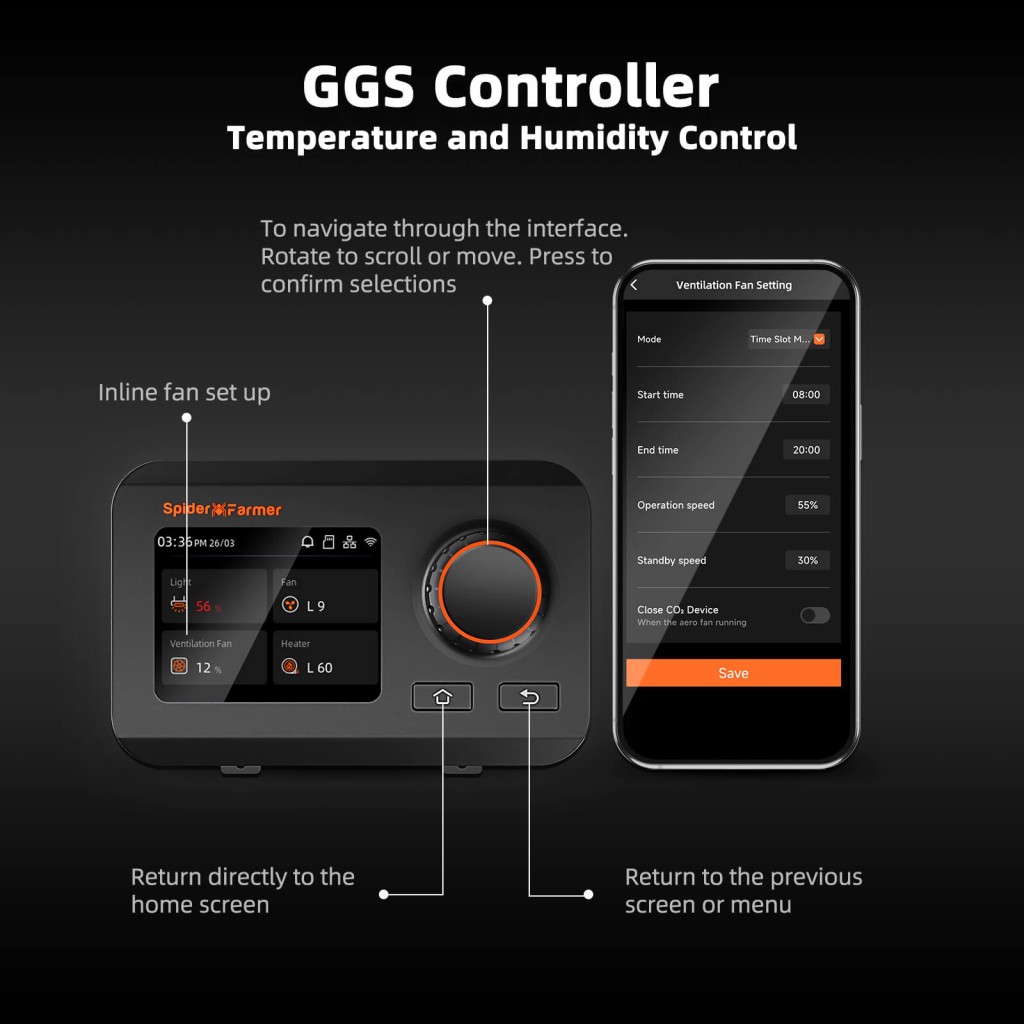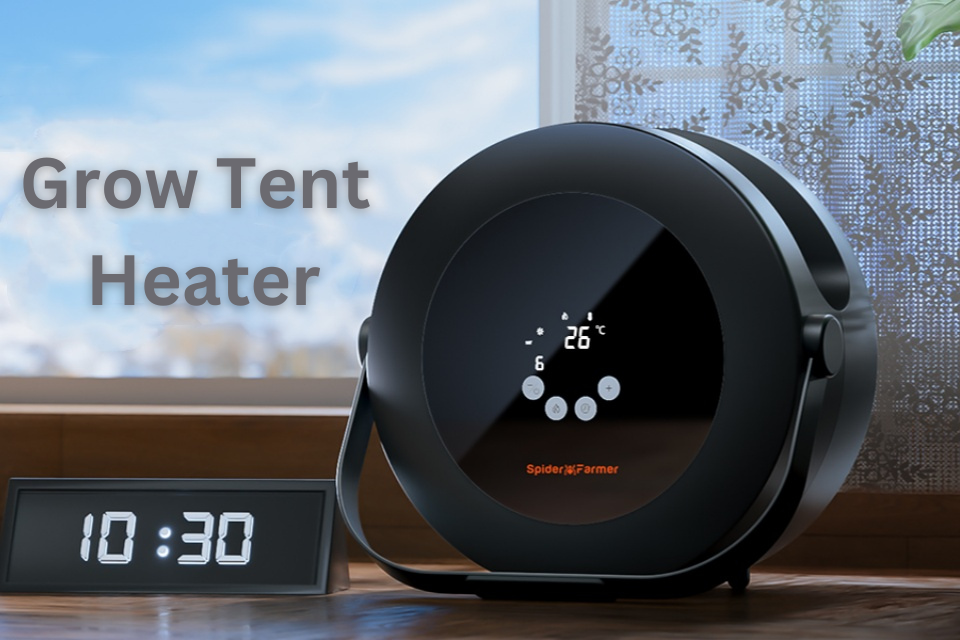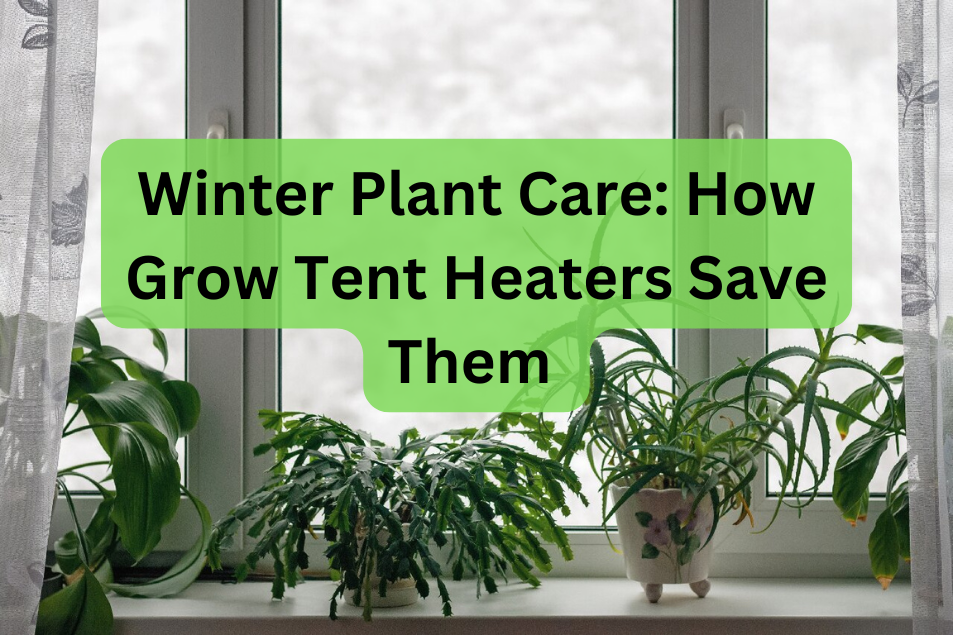If you’re running a greenhouse, you may wonder how to control the temperature in your greenhouse. A climate-controlled greenhouse offers a unique environment where temperature, humidity, light, and ventilation can be meticulously managed to create the perfect conditions for plant growth. This level of control is particularly crucial as it allows you to extend growing seasons from spring to winter, protecting crops from extreme hot or cold climates and optimizing yields.
Whether you are a small-scale gardener or a large-scale commercial farmer, you’ll discover effective equipment for greenhouse climate control. From greenhouse vent systems to smart greenhouse temperature monitors, the tools and techniques available today provide unprecedented opportunities to create a thriving ecosystem within the confines of a greenhouse.
What is Climate Control in a Greenhouse?
Climate control in a greenhouse refers to the process of regulating the temperature within a greenhouse. This inv olves managing temperature, humidity, light, and air ventilation, so as to create an optimal growing environment for plant growth.
You can control the greenhouse temperature through various methods and technologies:

What is Climate Control in a Greenhouse?
- Greenhouse ventilation kits help regulate humidity and air circulation, preventing issues like mold and ensuring fresh air for photosynthesis.
- A grow tent with temperature control regulates greenhouse temperature through a combination of heating and cooling systems. It uses heaters to raise the temperature when it’s too cold, and fans for the greenhouse or air conditioners to lower it when it’s too warm.
- Heating systems like radiators or underfloor heaters are used to maintain a suitable temperature, especially during colder months.
- Shading systems and artificial lighting can be employed to control light levels.
By carefully managing greenhouse temperatures with this equipment, you can cultivate a wide range of summer and winter plants throughout the year.
What Is the Ideal Greenhouse Temperature?
The ideal temperature for a greenhouse generally ranges between 75°F to 85°F (24°C to 29°C) during the day. However, nighttime temperatures should be lower. For most plants, the ideal nighttime temperature for a greenhouse typically ranges between 60°F to 70°F (15°C to 21°C).
Nevertheless, the specific temperature range can vary depending on the season and the types of plants being grown. For example, in winter, it's recommended to keep the greenhouse between 65°F to 75°F (18°C to 24°C), while in summer, temperatures should not exceed 85°F (29°C) to prevent heat damage.
How to Measure Temperature in a Greenhouse?
Spider Farmer offers several pieces of equipment to measure and monitor temperature in a greenhouse:
Spider Farmer GGS Grow Tent Climate Controller Kits
- Temperature and Humidity Sensor: This sensor monitors environmental temperature and humidity. It also tracks day/night cycles in the grow tent. Place the sensor at canopy level in the center of your growing area for the most accurate readings.
- GGS Grow Room Controller: Designed as part of a smart growing system, it allows users to monitor key environmental factors such as temperature, humidity, and CO2 levels via an intuitive app that connects through WiFi or Bluetooth. With its user-friendly interface and compatibility with various sensors, the controller offers precise management of the greenhouse environment. This ensures optimal growing conditions by automatically regulating devices like fans and heaters based on real-time data, ultimately promoting healthier plant growth and maximizing yields.
2025 Spider Farmer GGS AC5 Mehrfachsteckdose mit 5 Anschlüssen für Klimasteuerung im Grow-Zelt – mit Temperatur-, Luftfeuchtigkeits- und VPD-Messung, Zeitsteuerung, Verlaufsdaten, Bluetooth & WLAN
In stock
Spider Farmer GGS Klimaregler-Set – Temperatur-, Luftfeuchtigkeits- und VPD-Überwachung, Zeitsteuerung, Verlaufsdaten, Bluetooth & WLAN für eine optimierte Klimasteuerung
In stock
2025 Spider Farmer GGS AC10 Mehrfachsteckdose mit 10 Anschlüssen für Klimasteuerung im Grow-Zelt – mit Temperatur-, Luftfeuchtigkeits- und VPD-Messung, Zeitsteuerung, Verlaufsdaten, Bluetooth & WLAN
In stock
2025 Spider Farmer Genius Grow System SensorPro Set mit CO₂-Sensor und PAR-Messgerät – ideal zur Optimierung von Grow-Zelten und Grow-Räumen
In stock
Spider Farmer Genius Grow System Sensor Pro Kit
- 3-in-1 Temperature, Humidity, and PPFD Sensor: This sensor replaces the standard temperature and humidity sensor in GGS Controller Kits. It provides precise measurements of temperature, humidity, and light intensity (PPFD), helping you fine-tune conditions for optimal plant growth.
- CO₂ Sensor: While primarily used for monitoring CO₂ levels, this sensor can also be used in conjunction with the temperature and humidity sensor to create a comprehensive monitoring system. It helps you optimize CO₂ concentration for faster growth, which can be particularly useful when combined with temperature control.
How to Control Greenhouse Temperature with Ease?
Fluctuations in temperature can stress plants, hinder their development, and even lead to crop failure. Fortunately, with the right strategies and equipment, it’s straightforward and effective to monitor, manage, and control greenhouse temperature.
In this part, we’ll walk you through several cooling and heating methods, ensuring your greenhouse stays at the ideal temperature and creating a thriving environment for your plants.
As summer approaches, it becomes essential to implement a variety of cooling measures to effectively control the greenhouse temperature and ensure a healthy environment for your plants. From greenhouse ventilation kits to air conditioning units, you can choose the one based on your needs.
Greenhouse Ventilation Kit
Spider Farmer’s Inline Fan kits can be used as an effective greenhouse vent system to help cool temperatures and maintain an optimal growing environment for your plants.
2025 New Spider Farmer 4 Inch Inline Fan 205 CFM with Speed Controller, GGS Controller Controllable
In stock
2025 New Spider Farmer 4 Inch Inline Fan 205CFM Exhaust Fan Carbon Filter & Ducting Kits with GGS Controller
In stock
2025 New Spider Farmer 4 Inch Inline Fan 205CFM with GGS Controller Inline-Ventilator für Abluftsysteme
In stock
2025 New Spider Farmer 4-Inch Inline Duct Fan with Speed Controller Ventilation Exhaust Fan 205CFM, GGS Controller Controllable
In stock
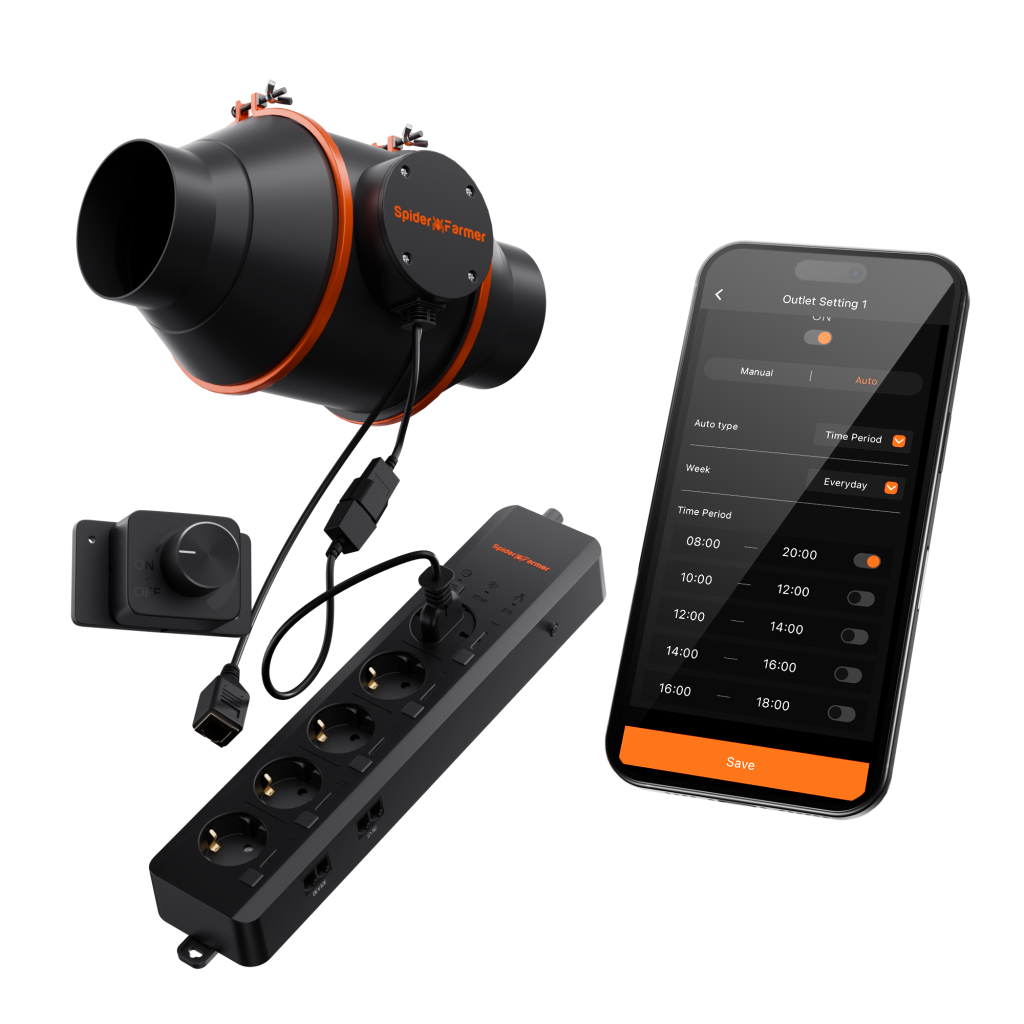
2025 New Spider Farmer 4″/6″ Inline Fan with Speed Controller (RJ12 Port) + GGS AC5 Power Kits
In stock
162,99 € – 175,99 €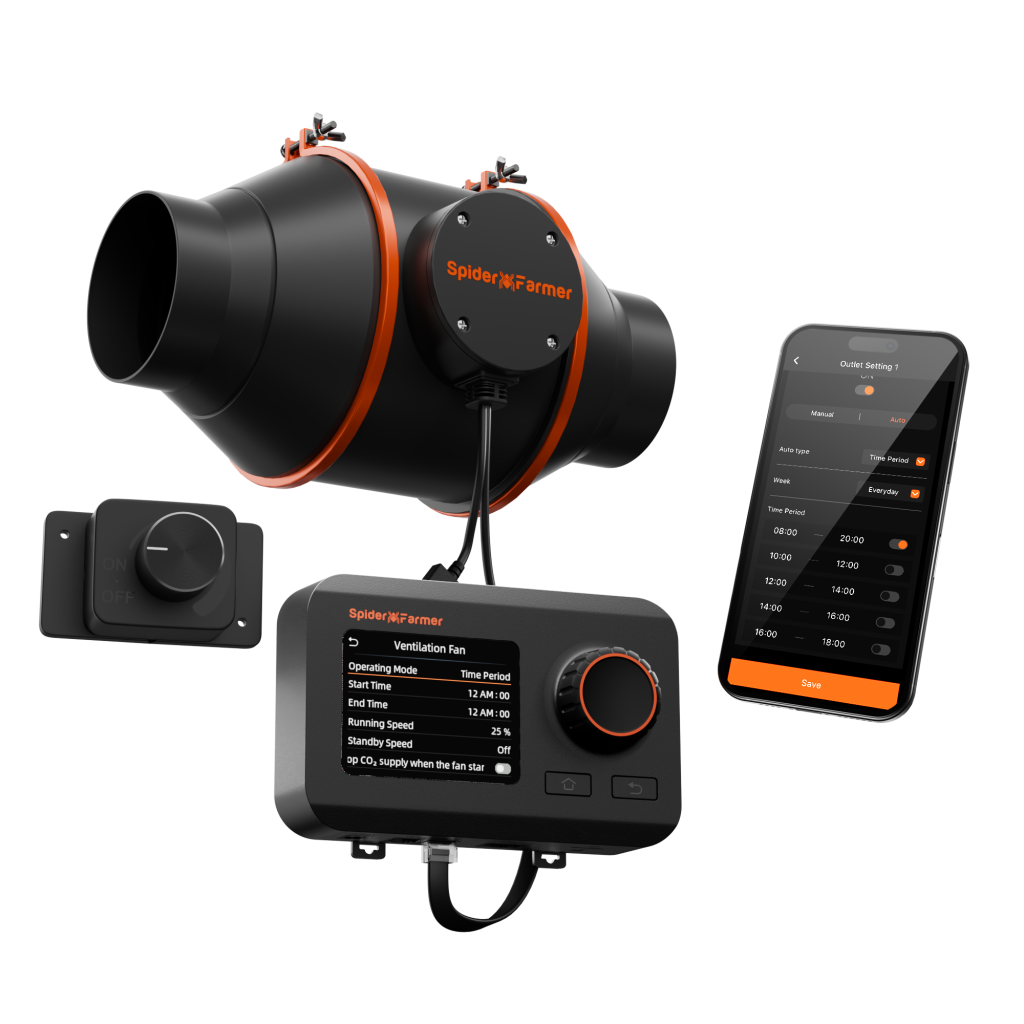
2025 New Spider Farmer 4“/6” Inline Fan with Speed Controller (RJ12 Port)+GGS Controller Kits
In stock
133,99 € – 147,99 €2025 New Spider Farmer 6 inch Inline Duct Fan 402 CFM With GGS Controller Abluftventilator for Grow Tents
In stock
2025 NEW Spider Farmer 6 Inch Inline Duct Fan Exhaust Fan 402CFM with Speed Controller (RJ12 Port), GGS Controller Compatible
In stock
2025 New Spider Farmer 6 Inch Inline Duct Fan Kits 402CFM with GGS Controller Abluftventilator Ventilation System
In stock
Bundle Sale I Spider Farmer 4 Inline Fan 205CFM with GGS Controller Kits + 4 Inch Carbon Filter Abluftventilator for Grow Tent
In stock
Bundle Sale I Spider Farmer 4 Inline Fan 205CFM with Speed Controller (with RJ12 Port) + 4 Inch Carbon Filter Ventilation System
In stock
Key Features
- Equipped with high-quality motors that operate quietly, minimizing noise disruption while ensuring effective ventilation.
- Designed for optimal air circulation, helping to regulate temperature and humidity levels in the greenhouse or grow rooms.
- Available in multiple sizes (4-inch and 6-inch), allowing for versatile installation options based on greenhouse size and layout.
- You can pair with carbon filters to effectively manage odors and improve air quality.
- It’s easy to connect to the ducting systems, facilitating efficient air routing throughout the greenhouse.
- Promotes better air exchange, which is crucial for maintaining a healthy growing environment and preventing mold and powdery mildew.
- Consumes less power while delivering high performance, helping to keep operational costs low.
Steps to Cool a Greenhouse or Grow Room
- Select an inline fan that suits your greenhouse size. Spider Farmer offers options like 4-inch and 6-inch fans. Then, position the fan to facilitate air circulation. You can place it near the top of the greenhouse to exhaust hot air or at the bottom to draw in cooler air.
- If your greenhouse has strong odors, connect a carbon filter to the fan. This will help neutralize smells while circulating air.
- Use ducting to channel air from the fan to various parts of the greenhouse. This ensures even distribution of cool air and helps manage temperature effectively.
- Many Spider Farmers’ inline fans come with speed controllers. Adjust the fan speed based on the temperature fluctuations in your greenhouse for optimal performance.
- Regularly inspect and clean the fan and filters to ensure efficient operation. This will prolong the life of your equipment and maintain air quality.
- Place thermometers inside the greenhouse to monitor temperature and humidity levels. Adjust the fan settings accordingly to maintain ideal conditions.
Shade Cloths or Reflective Films
Shade cloths and reflective films can block a significant portion of the sun’s direct rays, reducing the amount of heat that enters the greenhouse and keeping your greenhouse from getting too hot. These materials work by reflecting sunlight and preventing it from penetrating through the greenhouse walls and roof. By reducing the amount of solar radiation absorbed, the internal temperature remains cooler, which is especially beneficial during the intense heat of summer.

Shade Cloths or Reflective Films
Additionally, shade cloths and reflective films can also help maintain a more consistent temperature throughout the day, reducing temperature fluctuations that can stress plants. This not only improves the overall growing environment but also helps in conserving energy by reducing the need for additional cooling systems like fans or air conditioners.
Fogging Systems
It’s effective to cool down greenhouse temperatures with the fogging systems, because they utilize the principle of evaporative cooling. These systems work by releasing fine water droplets into the air, which then evaporate quickly. As the water evaporates, it absorbs heat from the surrounding environment, resulting in a cooling effect. This process can significantly lower the air temperature inside the greenhouse, creating a more comfortable and optimal growing environment for plants.
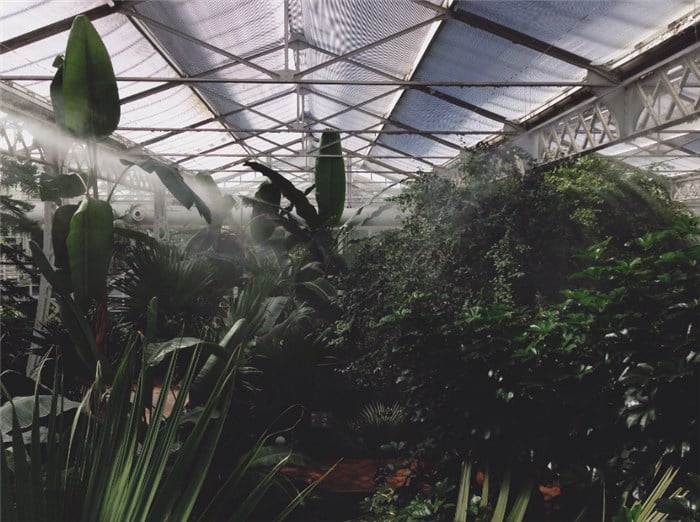
Fogging Systems for Greenhouse
Besides, the fogging systems will increase humidity levels, which is beneficial for certain crops that thrive in higher moisture conditions. By maintaining a cooler and more humid environment, fogging systems help reduce plant stress, enhance photosynthesis, and improve overall plant health, making them a valuable tool for greenhouse temperature management.
Air Conditioning Units
If you have enough budget, you can also use air conditioning units. Although it might be expensive, it can provide precise temperature control. Unlike other cooling methods that may rely on natural ventilation or evaporation, air conditioning units actively remove heat from the air, ensuring that the greenhouse remains at a stable and optimal temperature. This is particularly important during extreme heat, when other methods might struggle to maintain the desired conditions.
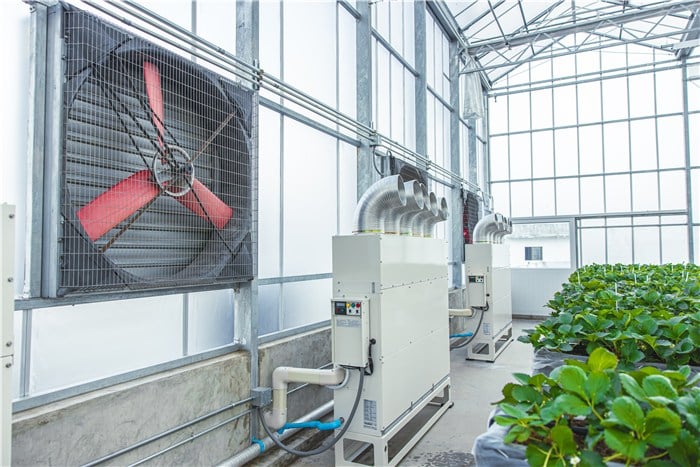
Air Conditioning Units for Greenhouse
Additionally, air conditioning units can also help regulate humidity levels, preventing excess moisture that can lead to mold and other plant diseases. By maintaining a cool and stable environment, air conditioning units support healthy plant growth and improve overall crop yield, making them a valuable investment for greenhouse management.
When the weather is turning cold, you should take some heating measures to keep greenhouses warm, reaching the ideal greenhouse temperature. You can either install heating systems or heat retainers.
Heating Systems
Install heating systems such as electric plant heaters, gas heaters, or even solar heaters to maintain warmth during colder months. Ensure they are properly maintained for consistent performance.
Heat Retention
Use thermal mass like water barrels painted black to absorb and release heat slowly, helping to stabilize temperatures. Proper insulation with materials like Reflectix Insulation can also reduce heat loss.
Conclusion
No matter whether it’s hot in summer or cold in winter, it’s essential to take action to control greenhouse temperature. From installing greenhouse vent systems to enhancing ventilation, greenhouse owners can create a stable climate that supports plant growth throughout the year.



